Korčula - Info
Sightseeing near Korčula (Gradski kotar Stari grad)
Latitude
42° 57’ 32” NLongitude
17° 7’ 47.5” EDescription
The island was inhabited by Mesolithic and Neolithic peoples,
archaeologists found evidence of this in the caves on the island in
Vela Spila (the Great Cave and the Jakas Cave near the village of
Zrnovo). In 1000 BC came the Illyrians, semi-nomadic tribes and
numerous old stone buildings and fortresses (Gradine) are
preserved.
In ancient times (6th century BC) was founded the settlement Melaina Korkyravon Greek colonists from Corfu
The two peoples lived peacefully together until the Illyrian wars (220 BC -219 BC) whereby Korcula became part of the Roman province of Illyria. Roman villas and churches were built in Korčula, ruins of which can still be found. In 10 AD Korcula became part of the Roman province of Dalmatia.
In the 6th century it came under Byzantine rule. In the 6th and 7th centuries, Croatian peoples flocked from the interior to the Dalmatian coast and took control of the area where the Neretva River flows into the Adriatic Sea and the island of Korčula. In the early Middle Ages, the Croatian population of the islands was mixed with the pagan Neretvians, who became known as pirates.
Venetian merchants paid an annual tribute to protect their shipping from the Neretvian pirates of the Dalmatian coast.
In the 12th century, Korčula was conquered by the Venetian nobleman Pepone Zorzi and incorporated into the Venetian Republic.
In 1184 three brothers invaded the island and the Republic of Ragusa (Dubrovnik)came to the rescue.
In 1221 Pope Honorius III gave the island to the princes of Krka.
In 1358 after the Treaty of Zadar it came to Hungary the Bosnian King Stefan Tvrtko then there was much back and forth again and in 1409 it became part of the Republic of Venice again.
For years Korčula had supplied the wood for Venice and from 1776 to 1797 Korčula succeeded Hvar as a Venetian arsenal.
In 1797 after the Treaty of Campoformio it went back to the Republic of Venice and later to the Habsburg Monarchy.
In 1806 Napoleon invaded the island and after several short episodes in 1813 the British troops and naval forces under Thomas Fremantle arrived and conquered the island from the French, the short period of British rule left traces on the island, e.g. the Martello tower "forteca" on the hill of St. Blaise. In 1815 Korcula became part of the Austrian Crown land of Dalmatia.
In World War 1 the island was granted to the Kingdom of Italy in 1915 in return for Italy joining the war on the side of Britain and France. After the war, however, Korčula (along with the rest of Dalmatia) became part of the State of Slovenia, Croats and Serbs in 1918. It was ruled by Italy from 1918 to 1921, after which it was incorporated into the Kingdom of Serbs. Croats and Slovenes, known as the Kingdom of Yugoslavia from 1929. In 1939 it became part of the autonomous Croatian Banat.
In 1914, after the Axis occupation of Yugoslavia, Italy annexed it. After the armistice between Italy and the Allied powers in 1943, the island came to the Yugoslav partisans then Korčula was then occupied by German forces until1944 and1945 the Federal People's Republic of Yugoslavia was established and Korčula became part of the People's Republic of Croatia, one of the 6 Yugoslav Republics and in 1991 the island became part of the independent Republic of Croatia.
In ancient times (6th century BC) was founded the settlement Melaina Korkyravon Greek colonists from Corfu
The two peoples lived peacefully together until the Illyrian wars (220 BC -219 BC) whereby Korcula became part of the Roman province of Illyria. Roman villas and churches were built in Korčula, ruins of which can still be found. In 10 AD Korcula became part of the Roman province of Dalmatia.
In the 6th century it came under Byzantine rule. In the 6th and 7th centuries, Croatian peoples flocked from the interior to the Dalmatian coast and took control of the area where the Neretva River flows into the Adriatic Sea and the island of Korčula. In the early Middle Ages, the Croatian population of the islands was mixed with the pagan Neretvians, who became known as pirates.
Venetian merchants paid an annual tribute to protect their shipping from the Neretvian pirates of the Dalmatian coast.
In the 12th century, Korčula was conquered by the Venetian nobleman Pepone Zorzi and incorporated into the Venetian Republic.
In 1184 three brothers invaded the island and the Republic of Ragusa (Dubrovnik)came to the rescue.
In 1221 Pope Honorius III gave the island to the princes of Krka.
In 1358 after the Treaty of Zadar it came to Hungary the Bosnian King Stefan Tvrtko then there was much back and forth again and in 1409 it became part of the Republic of Venice again.
For years Korčula had supplied the wood for Venice and from 1776 to 1797 Korčula succeeded Hvar as a Venetian arsenal.
In 1797 after the Treaty of Campoformio it went back to the Republic of Venice and later to the Habsburg Monarchy.
In 1806 Napoleon invaded the island and after several short episodes in 1813 the British troops and naval forces under Thomas Fremantle arrived and conquered the island from the French, the short period of British rule left traces on the island, e.g. the Martello tower "forteca" on the hill of St. Blaise. In 1815 Korcula became part of the Austrian Crown land of Dalmatia.
In World War 1 the island was granted to the Kingdom of Italy in 1915 in return for Italy joining the war on the side of Britain and France. After the war, however, Korčula (along with the rest of Dalmatia) became part of the State of Slovenia, Croats and Serbs in 1918. It was ruled by Italy from 1918 to 1921, after which it was incorporated into the Kingdom of Serbs. Croats and Slovenes, known as the Kingdom of Yugoslavia from 1929. In 1939 it became part of the autonomous Croatian Banat.
In 1914, after the Axis occupation of Yugoslavia, Italy annexed it. After the armistice between Italy and the Allied powers in 1943, the island came to the Yugoslav partisans then Korčula was then occupied by German forces until1944 and1945 the Federal People's Republic of Yugoslavia was established and Korčula became part of the People's Republic of Croatia, one of the 6 Yugoslav Republics and in 1991 the island became part of the independent Republic of Croatia.
Comments
You can add comments with the NV Charts App (Windows - iOS - Android - Mac OSX).
You can download the current version at nvcharts.com/app.
Buy nv charts covering this place Clicking one of the products will open the nv charts shop.
Places nearby
Related Regions
This location is included in the following regions of the BoatView harbour guide:

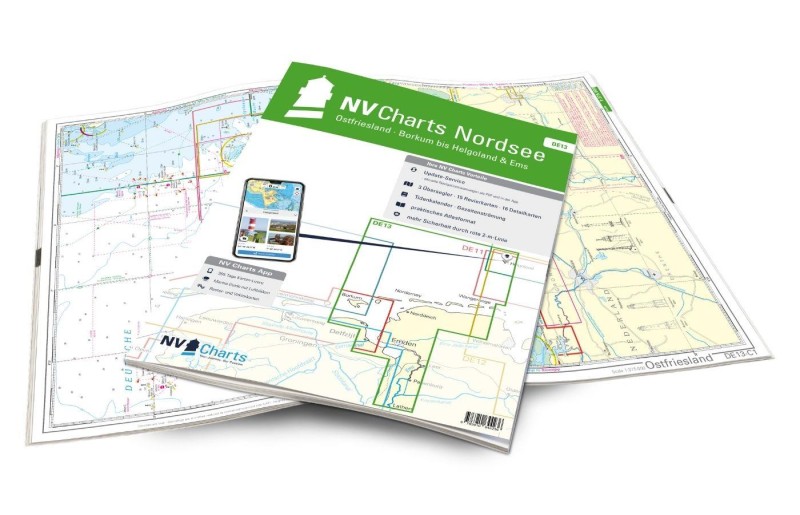
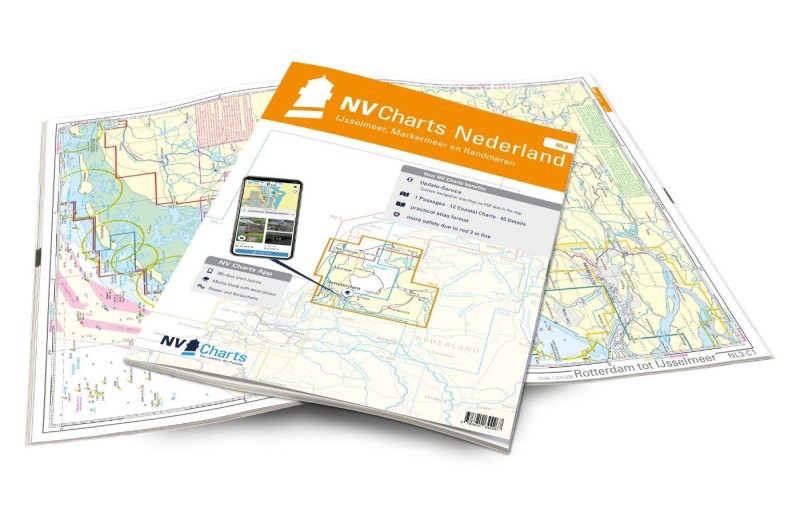
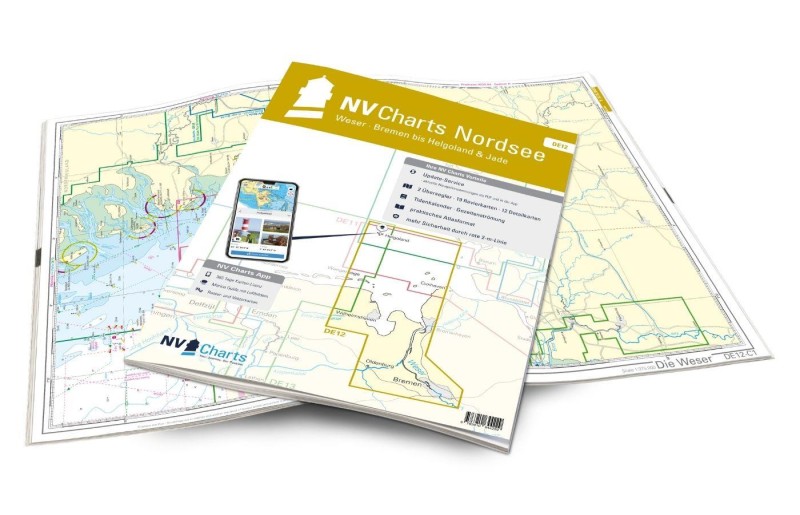
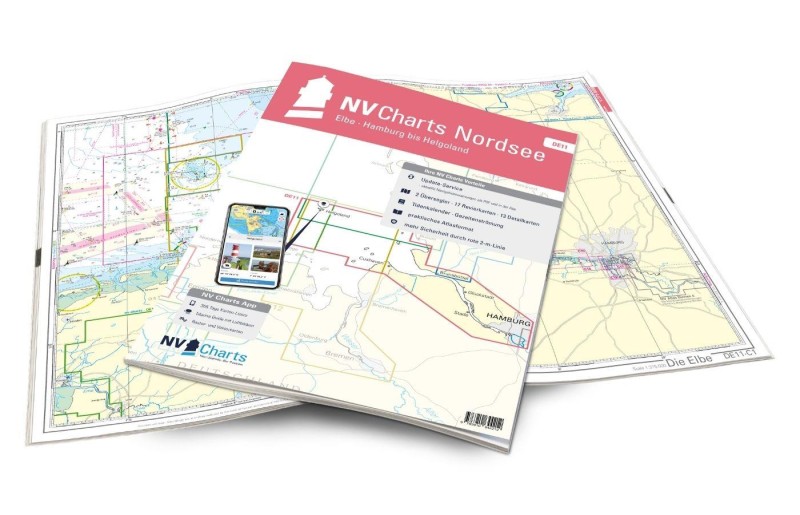
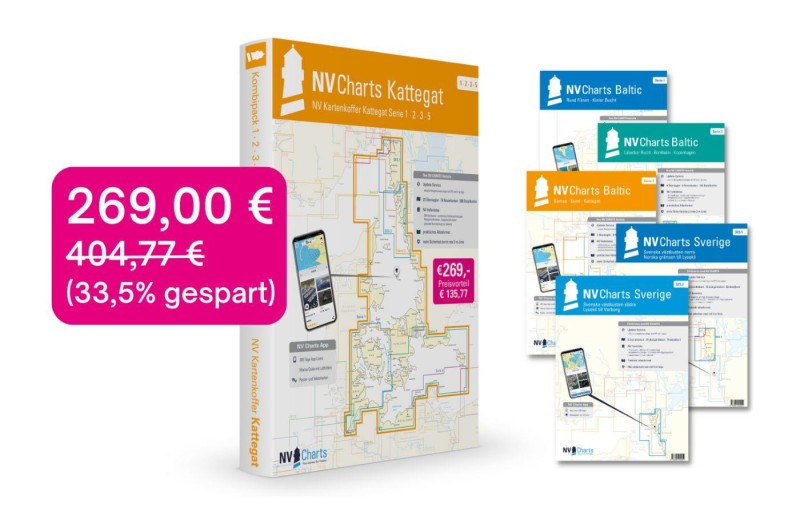
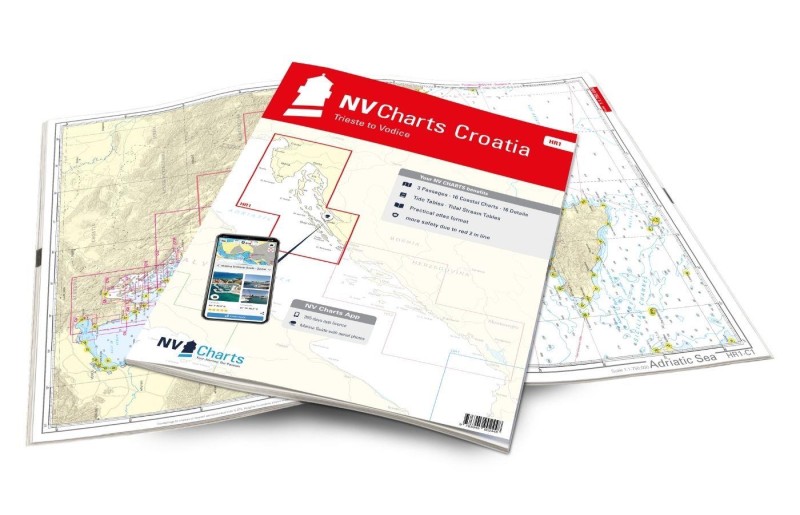
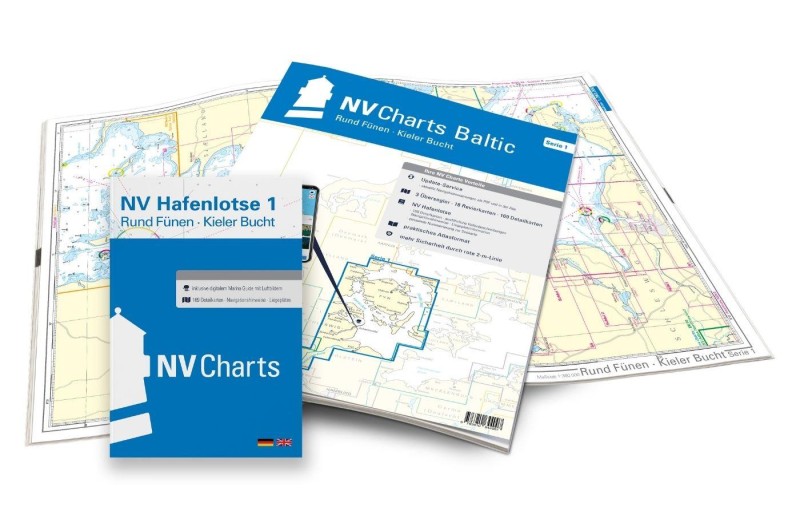
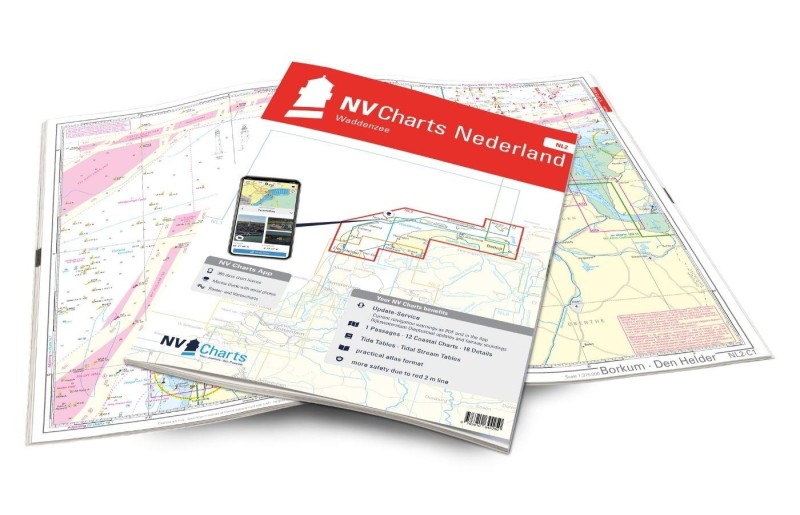
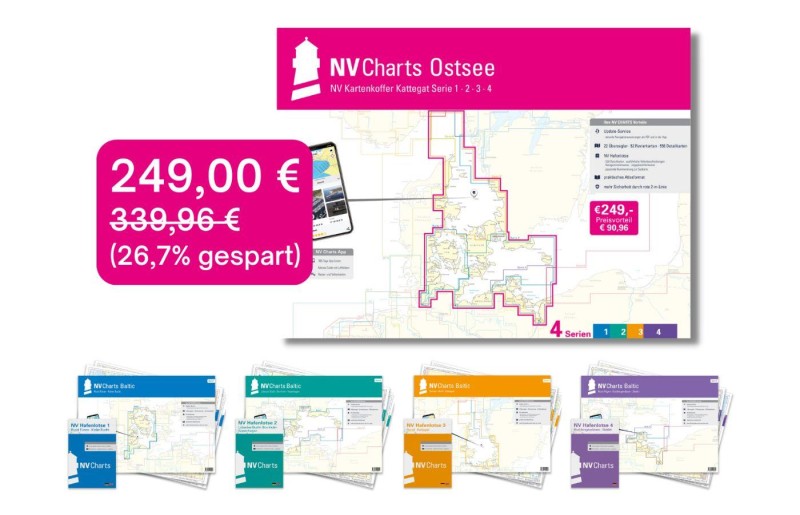
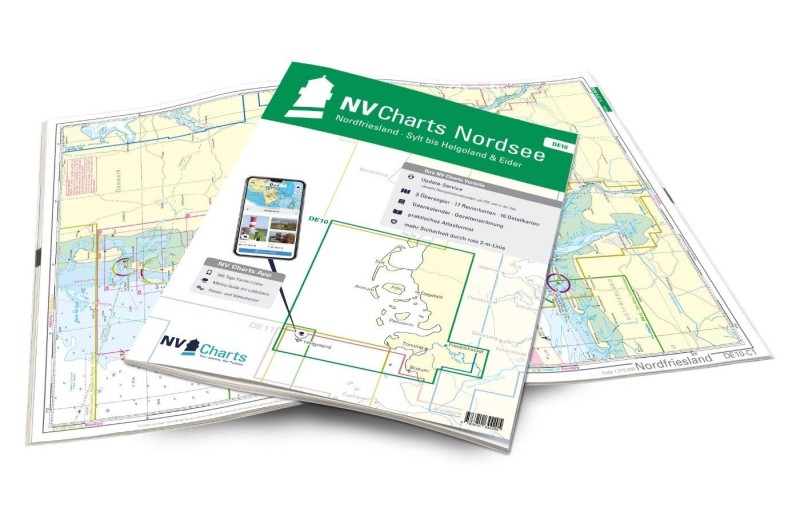
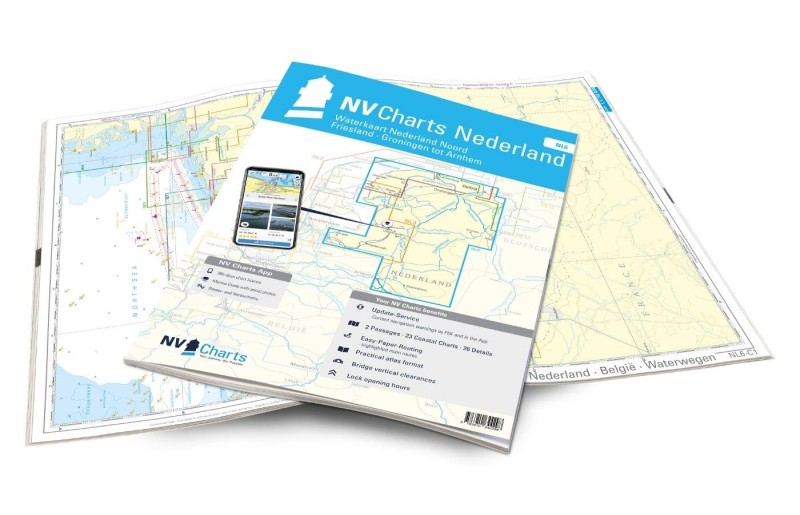
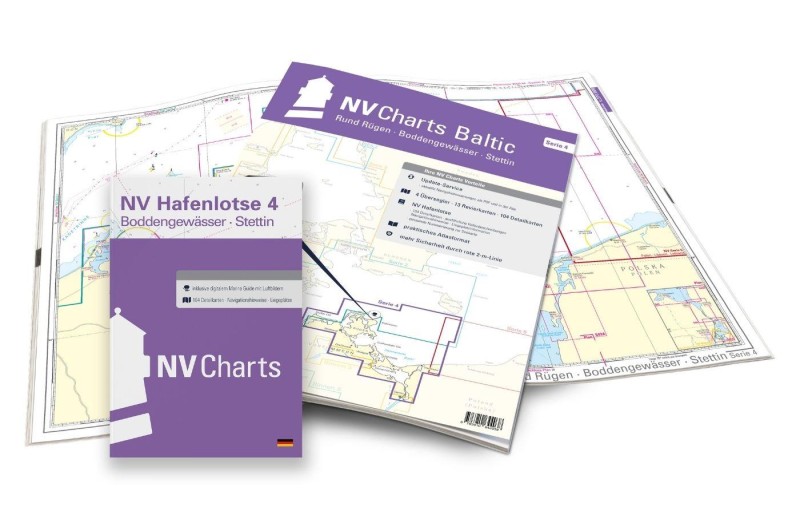
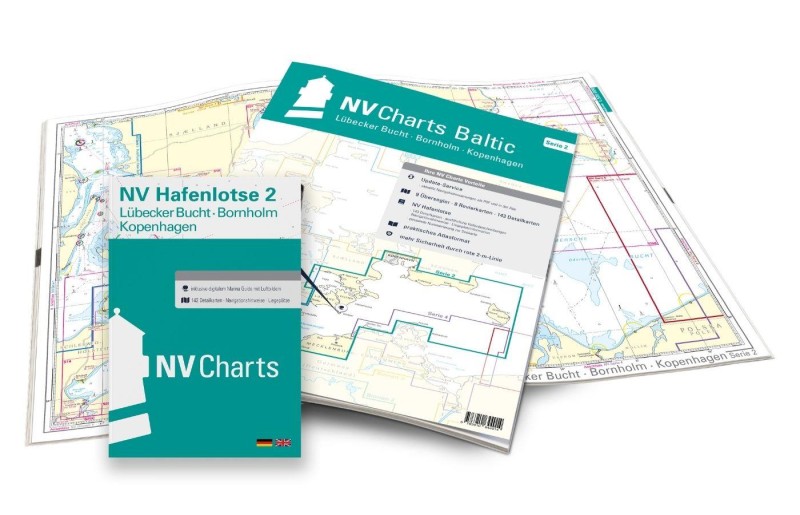
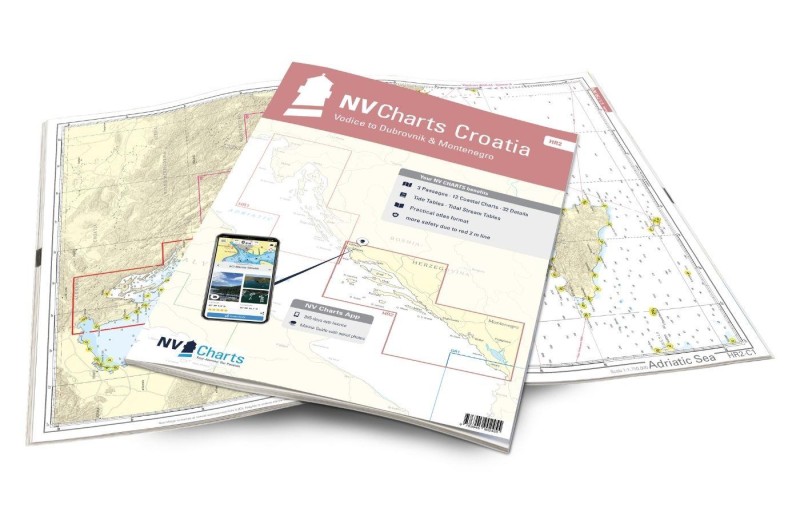
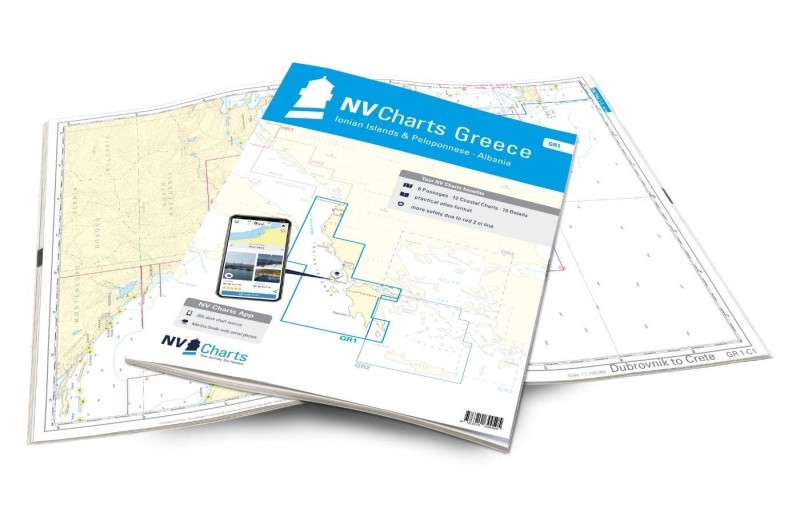
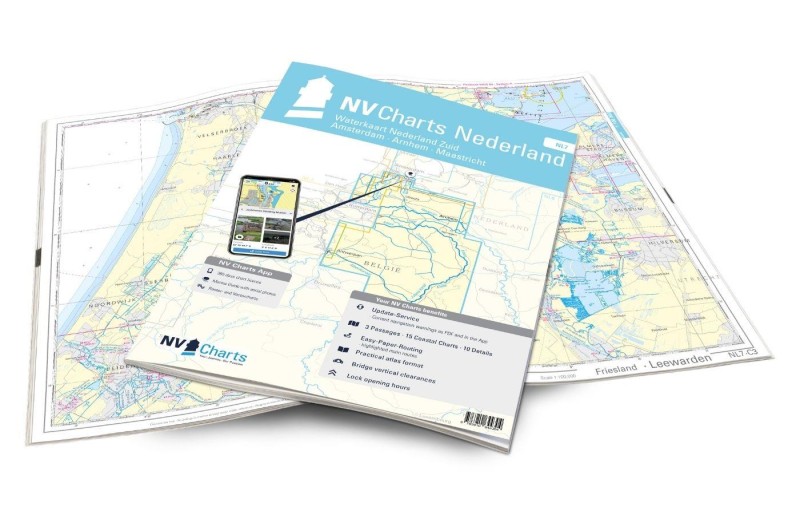
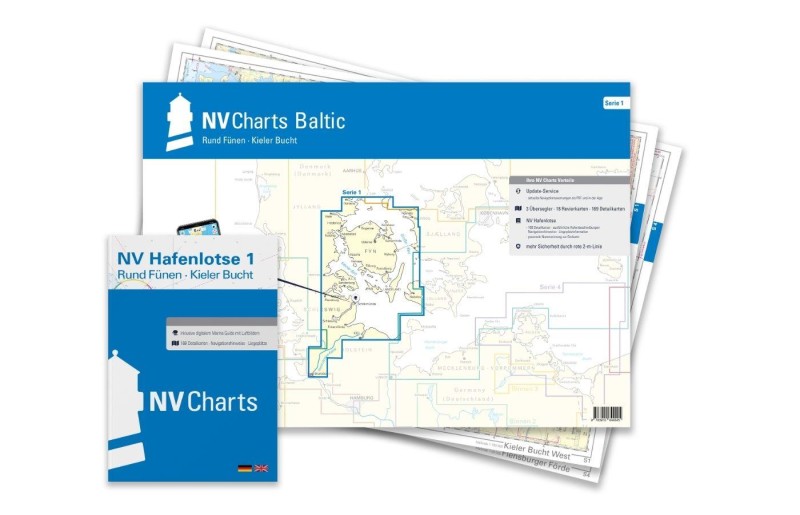
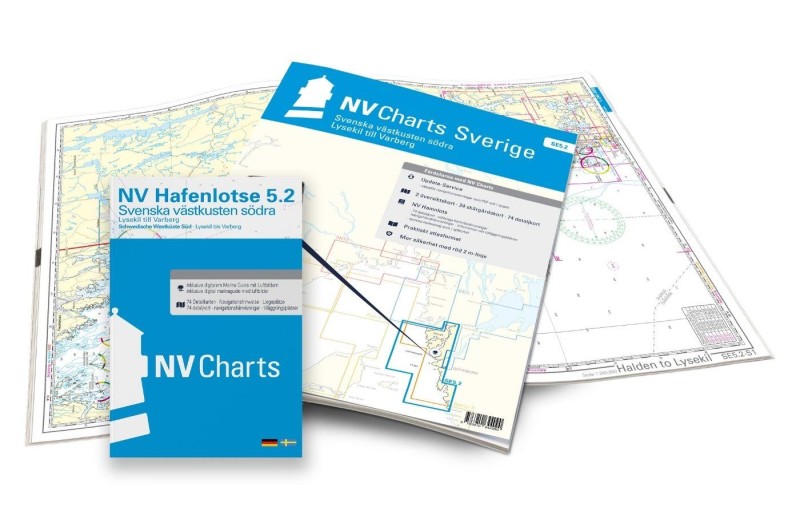
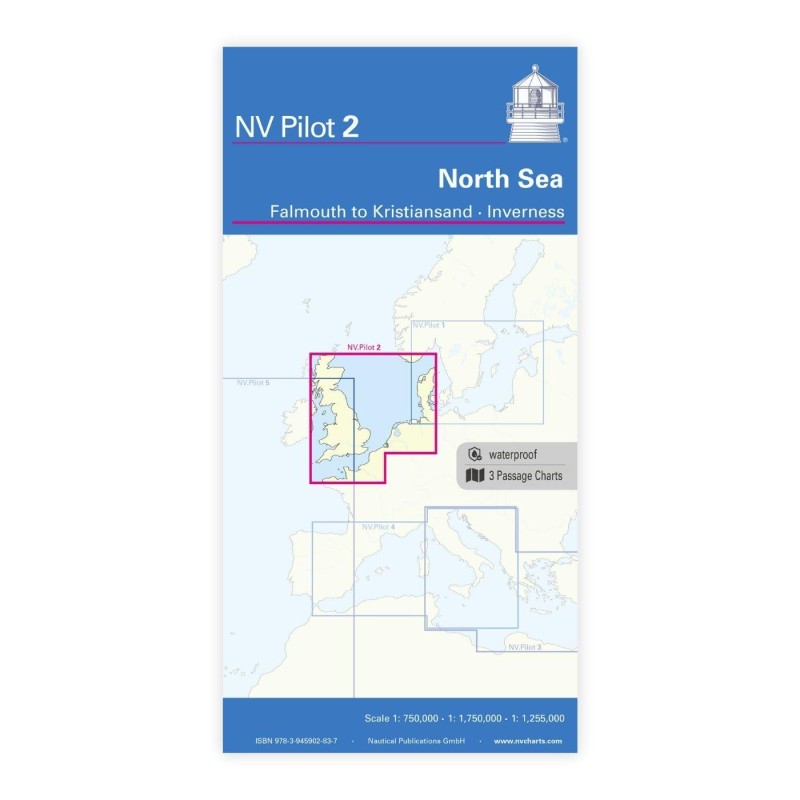
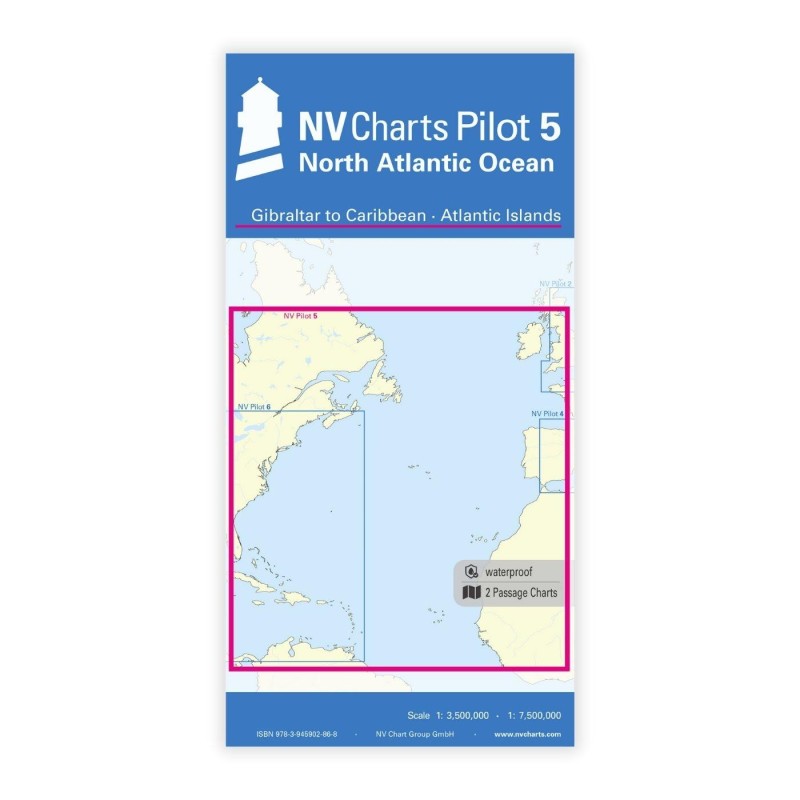
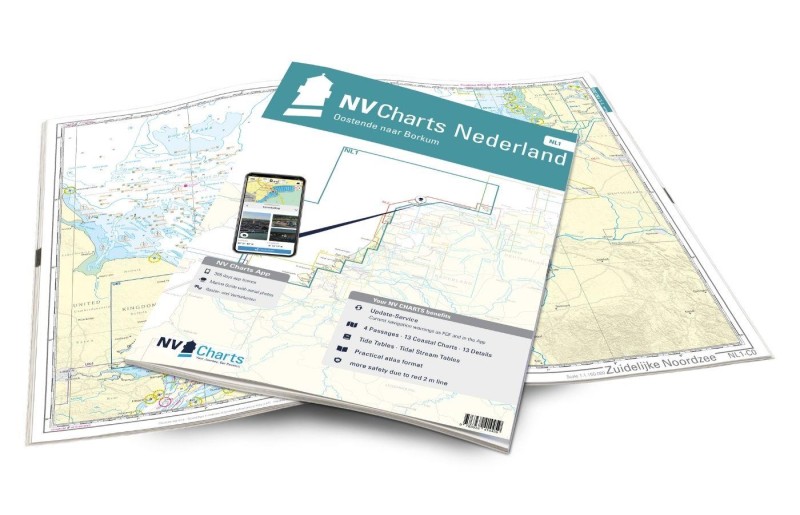
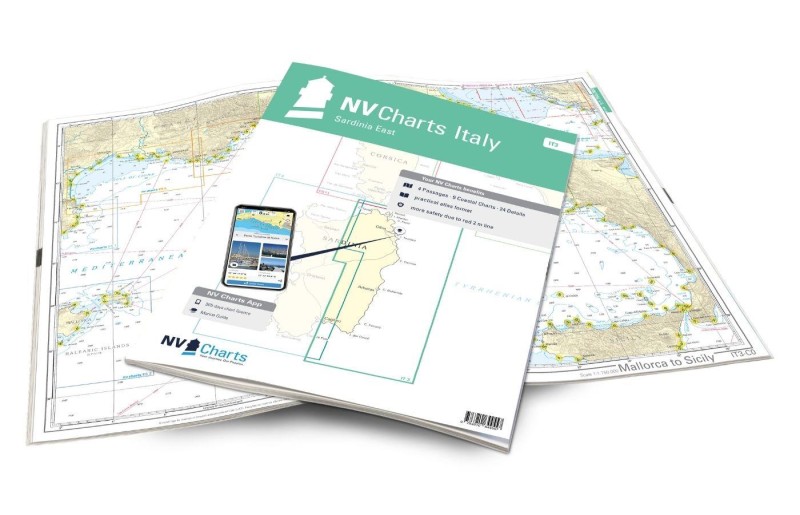
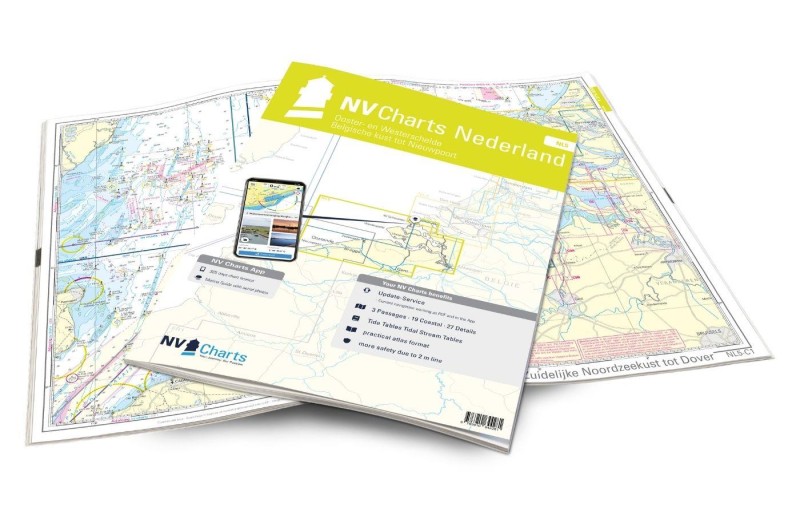
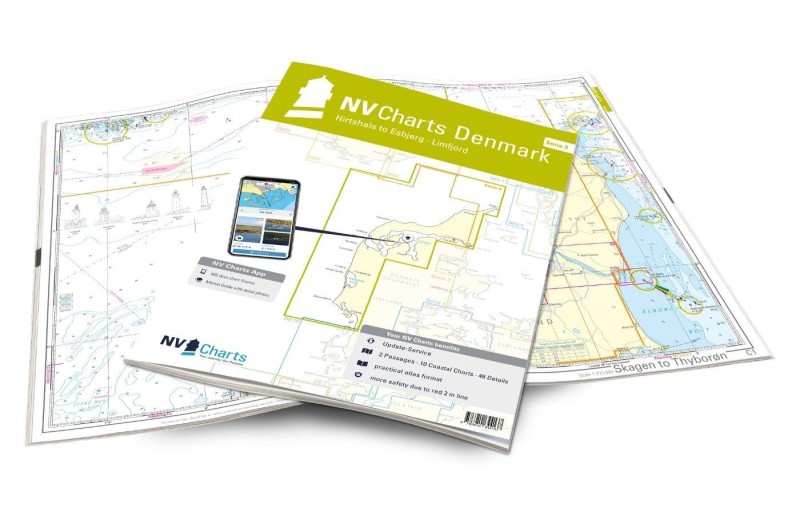
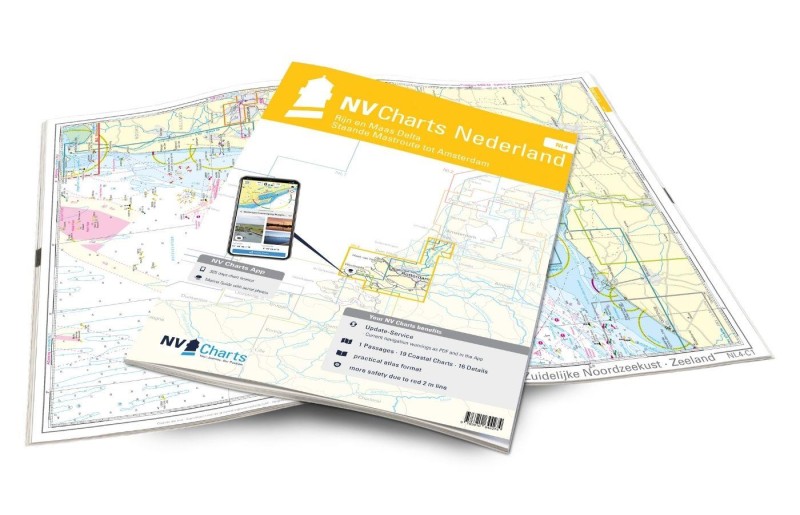
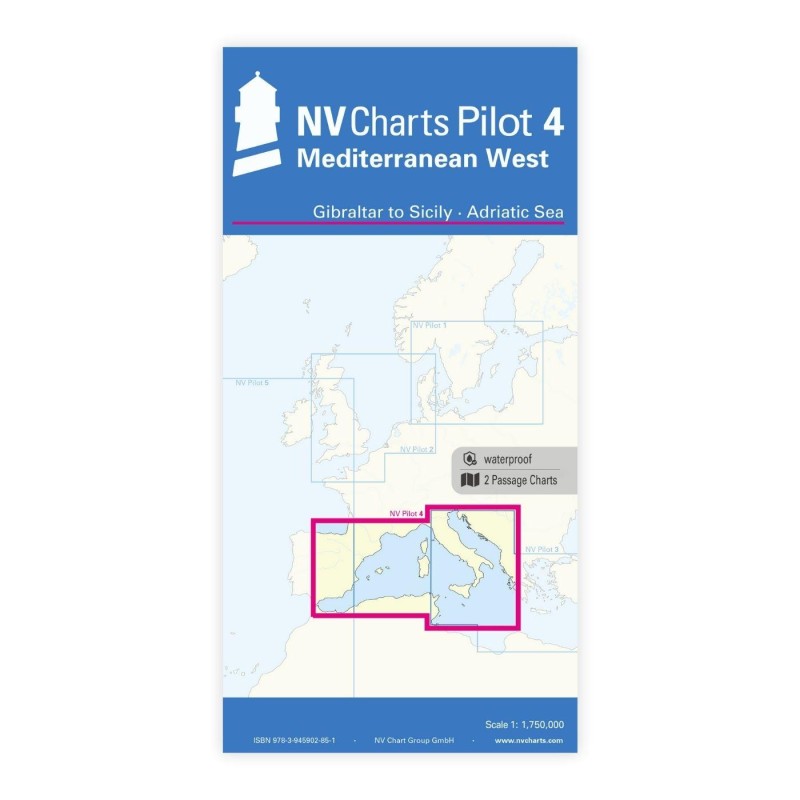
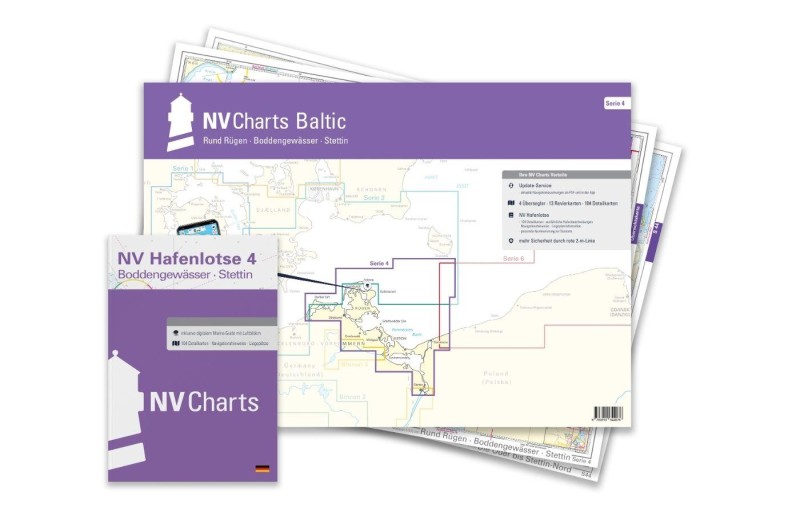
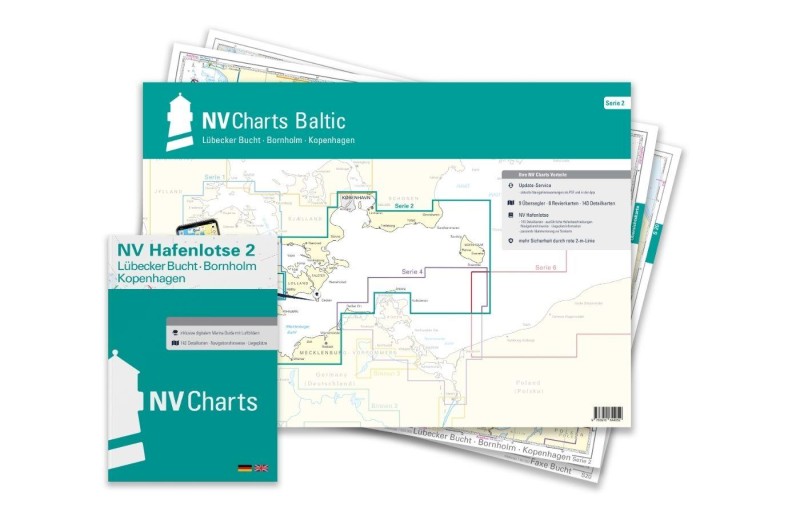
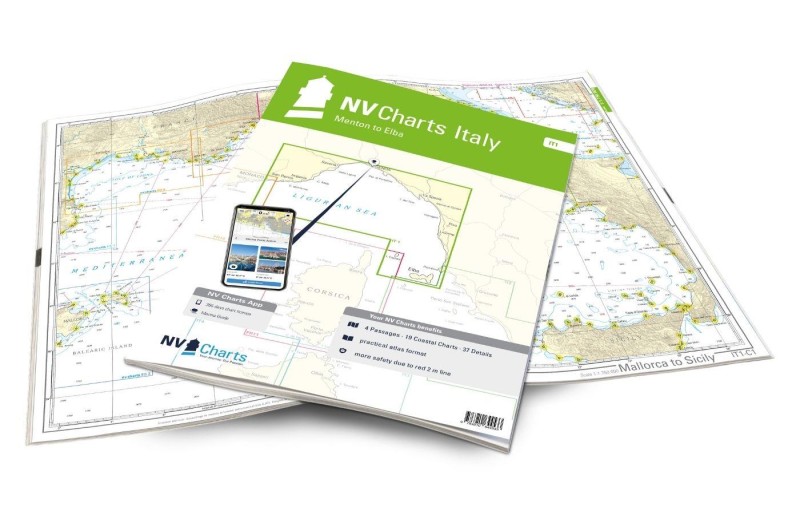
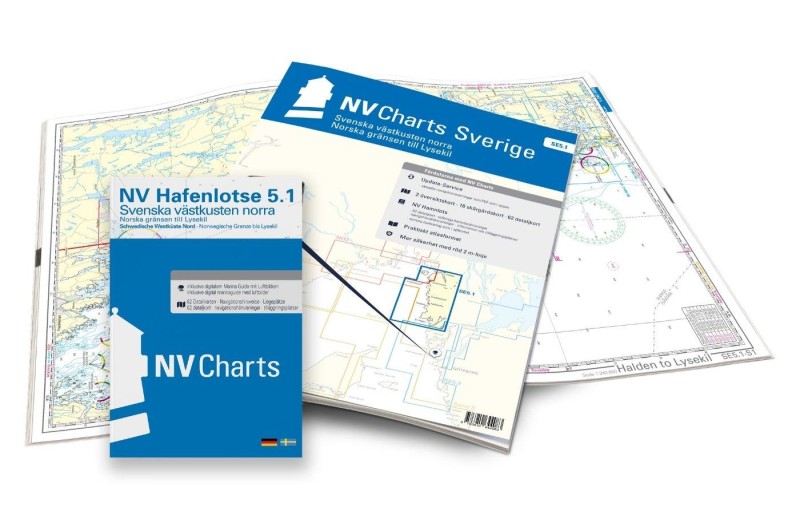
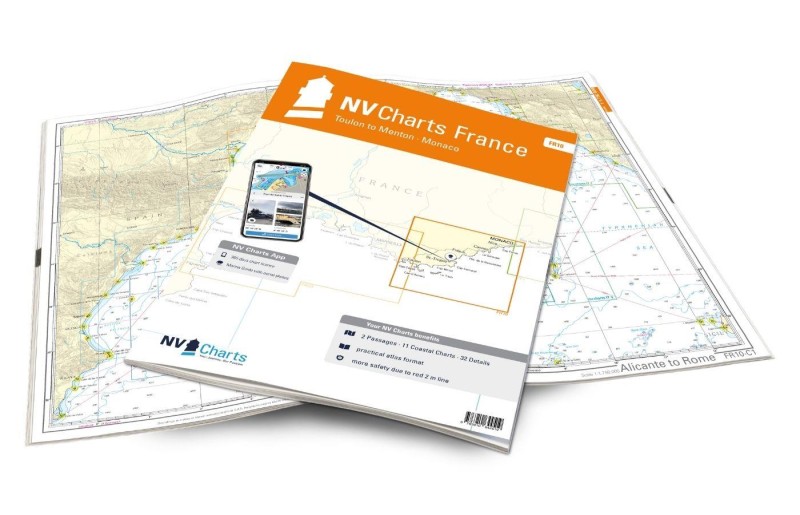
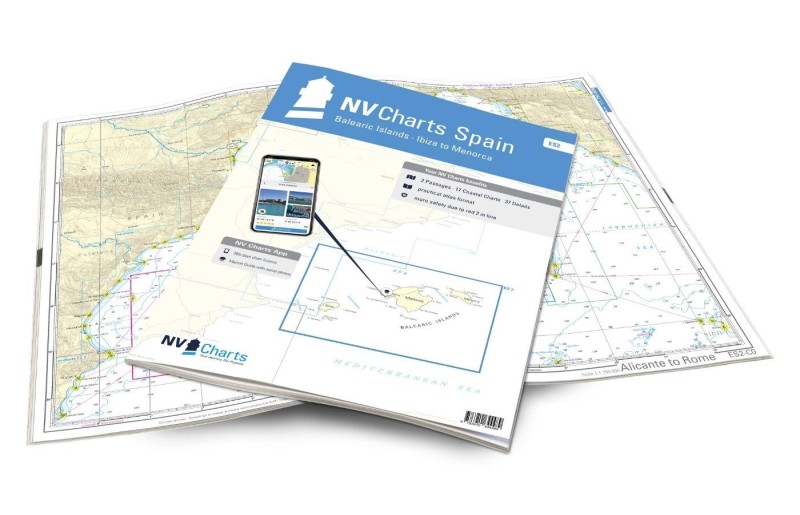
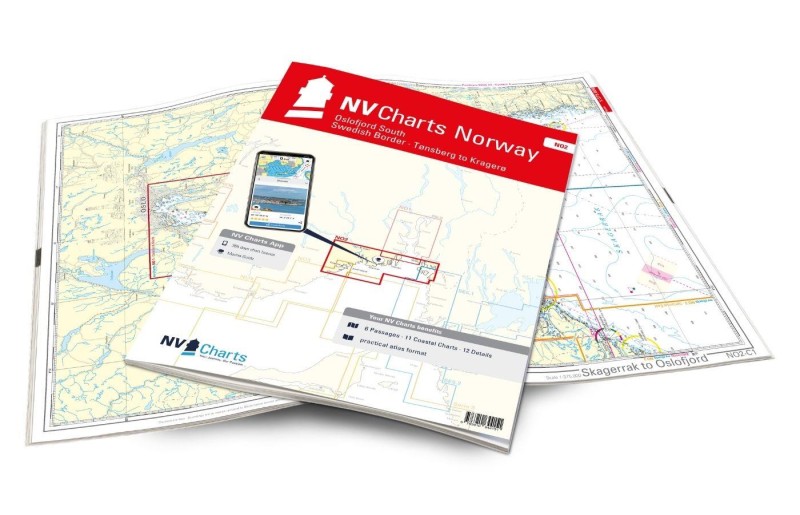
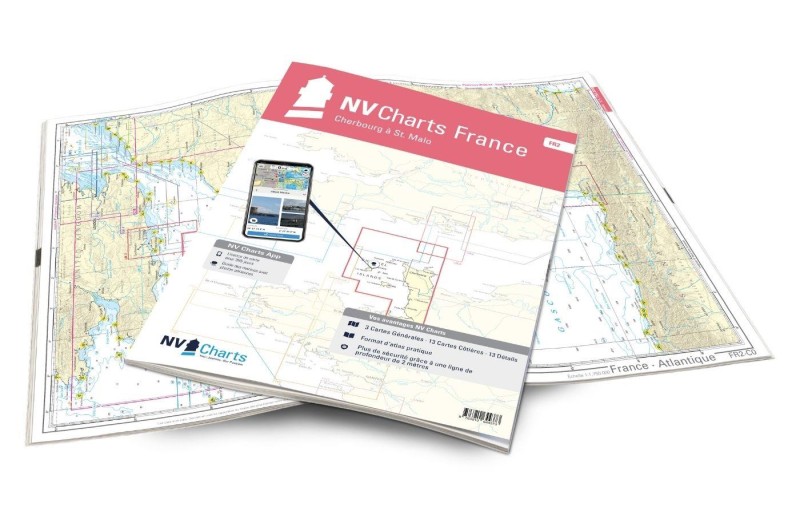
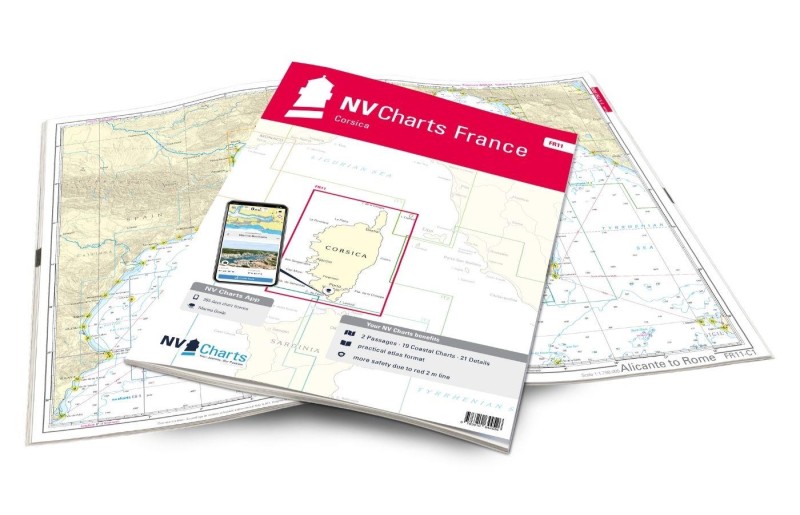
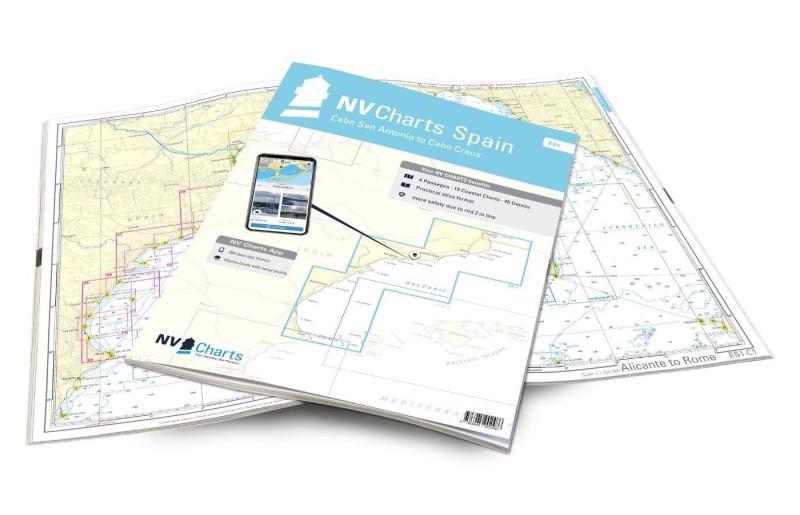
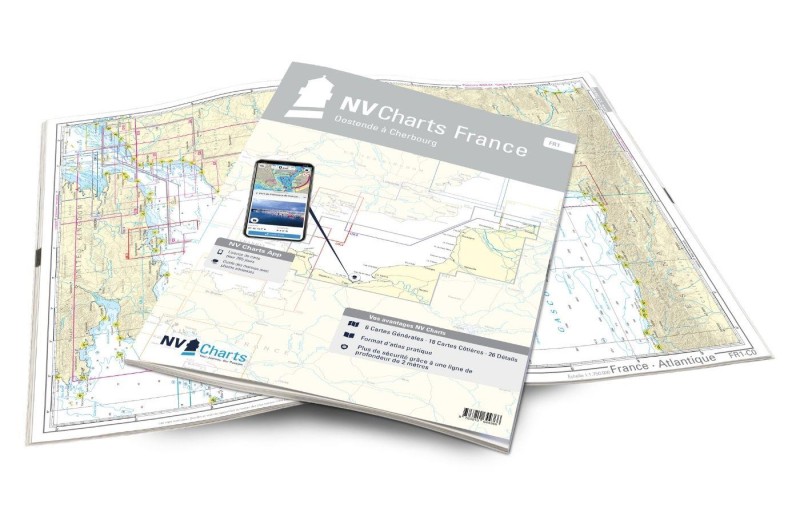
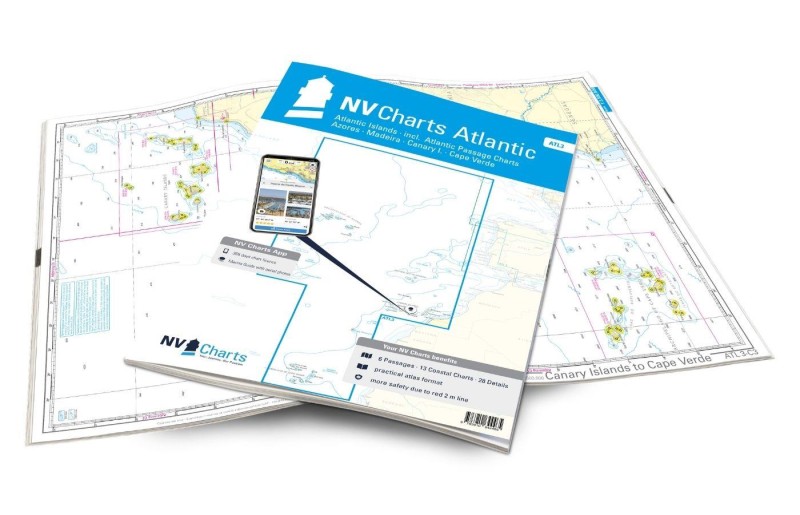
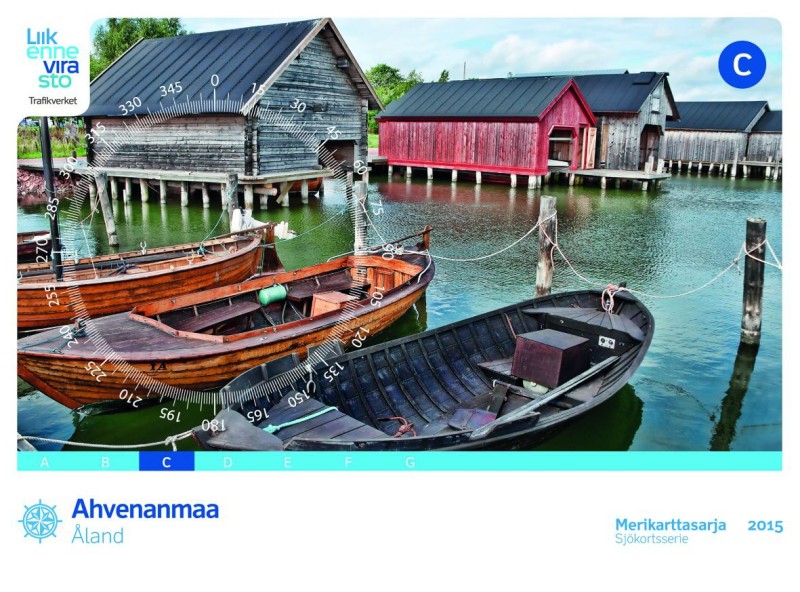
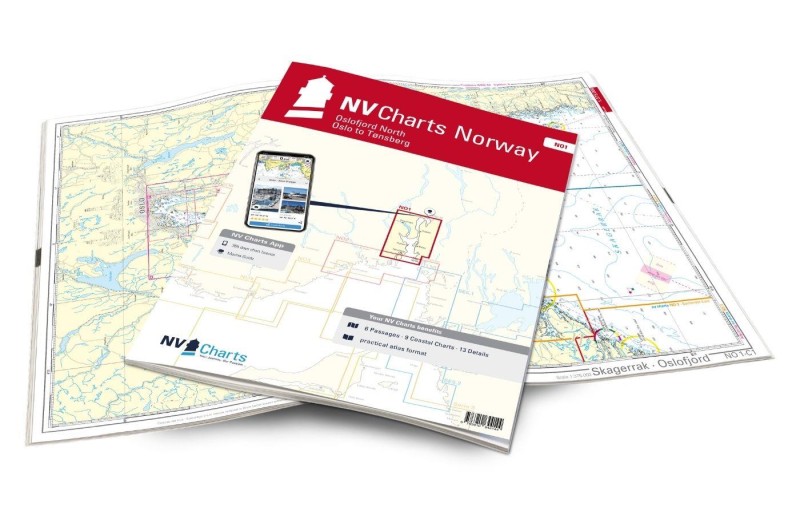
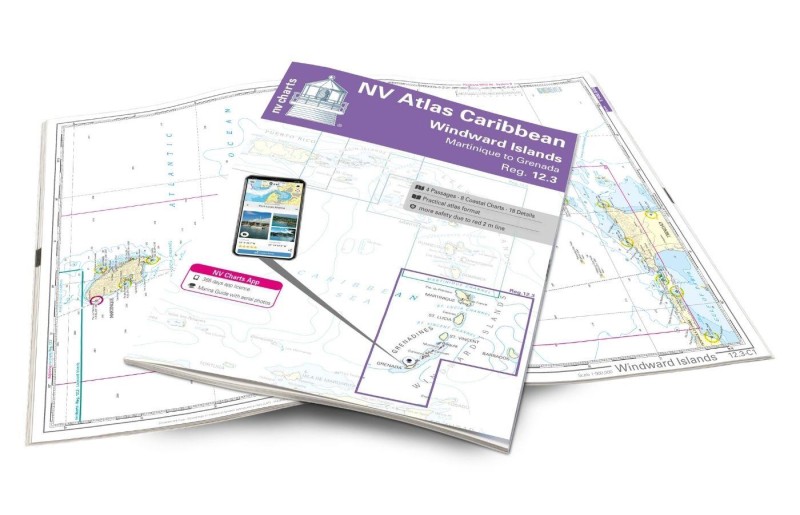
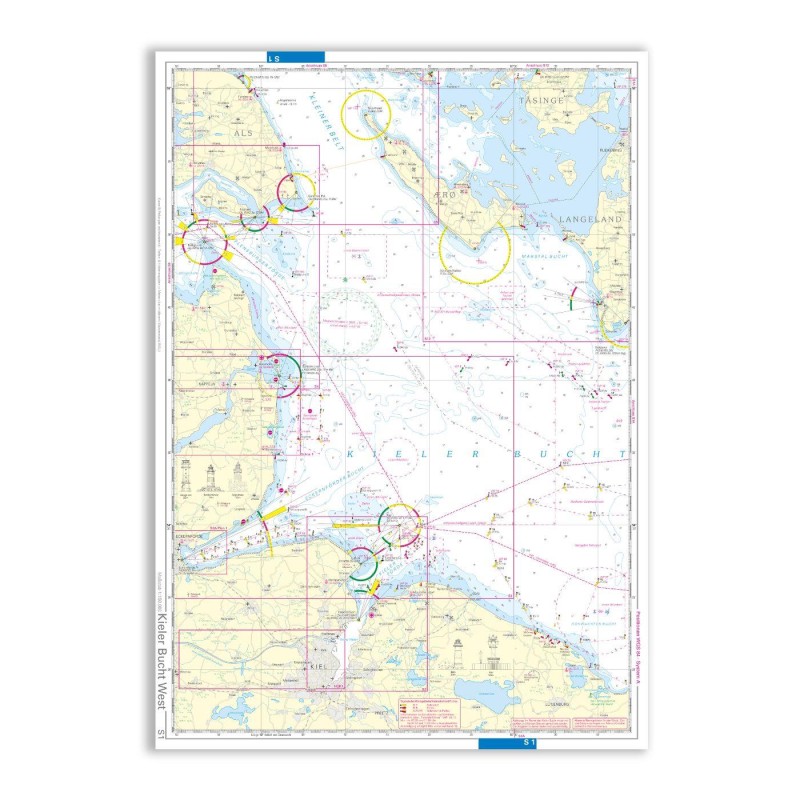
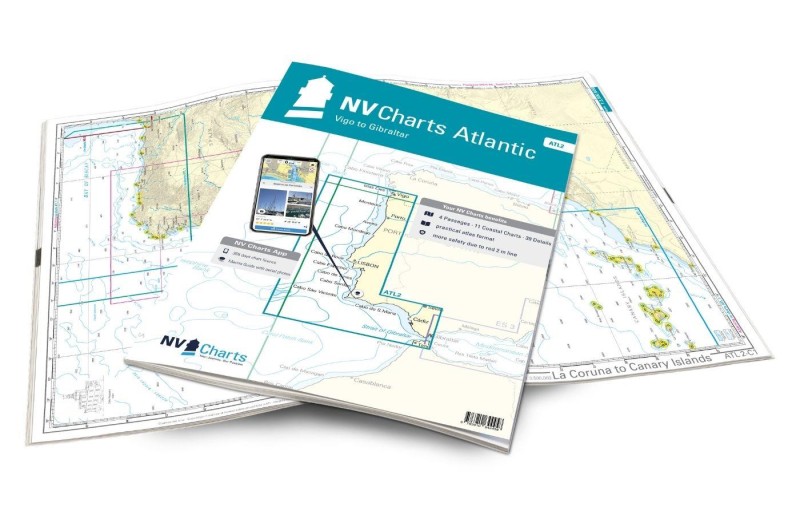
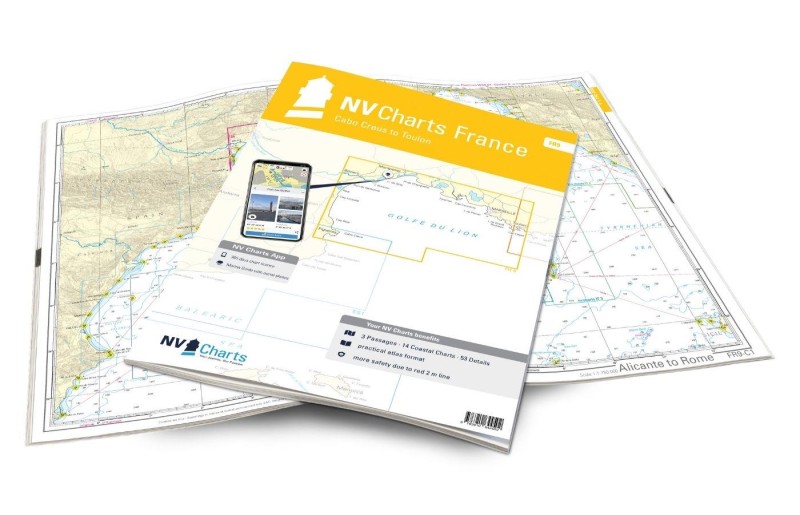
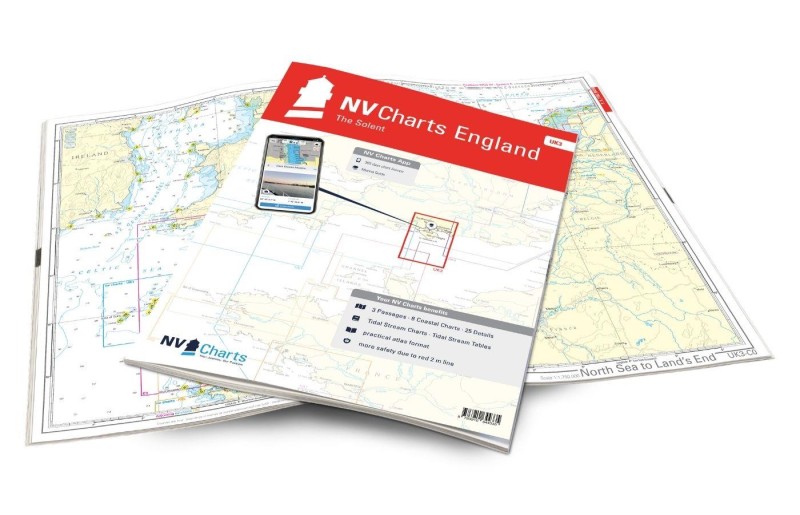
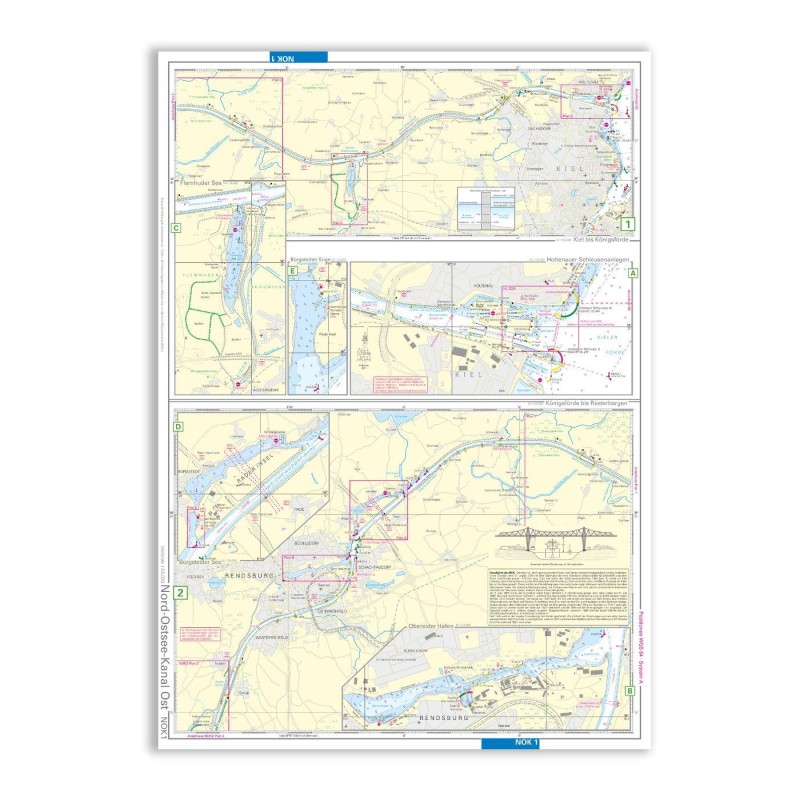
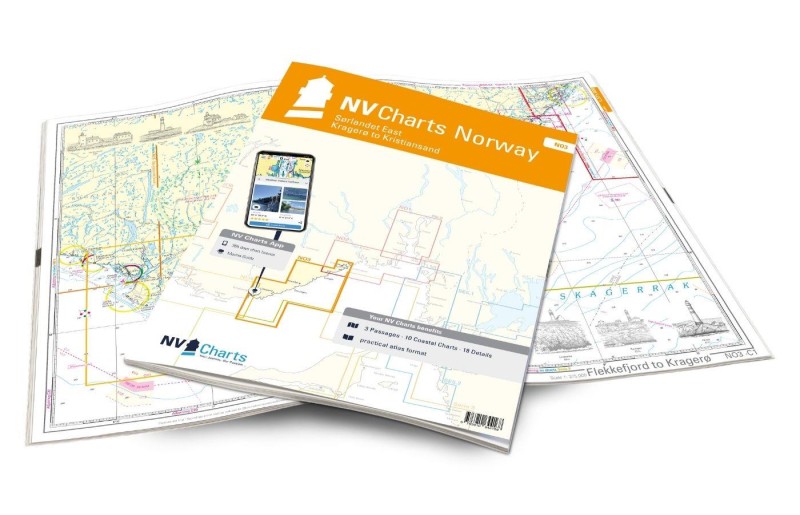
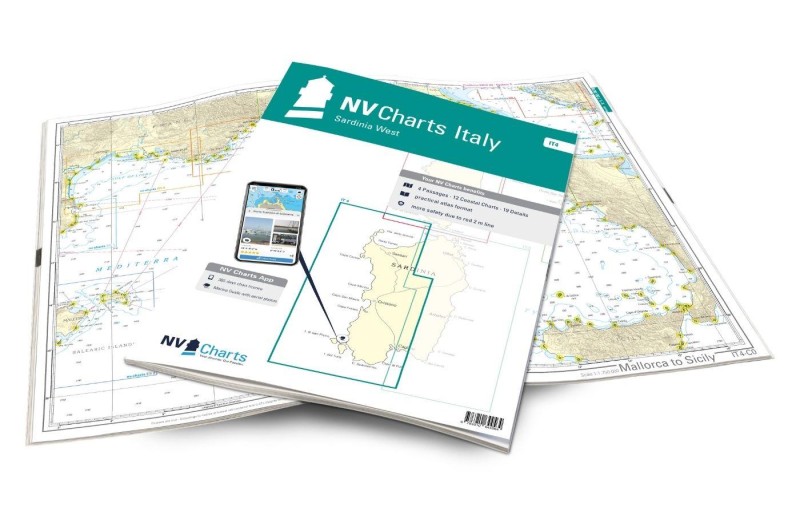
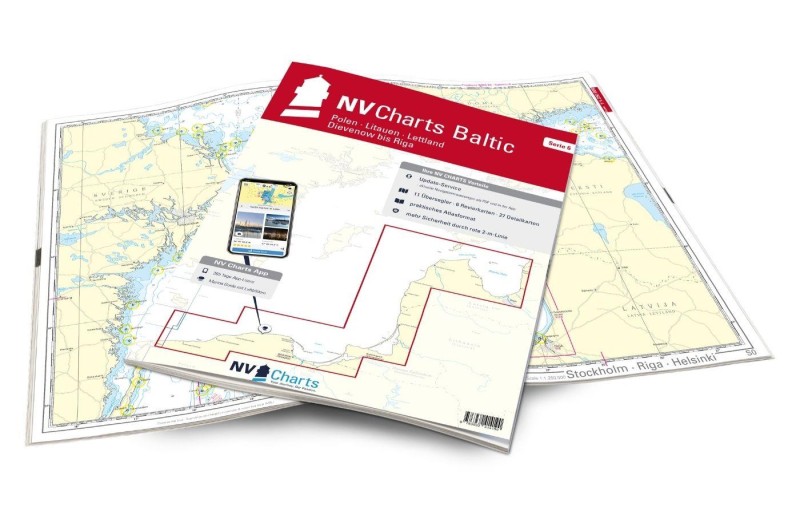
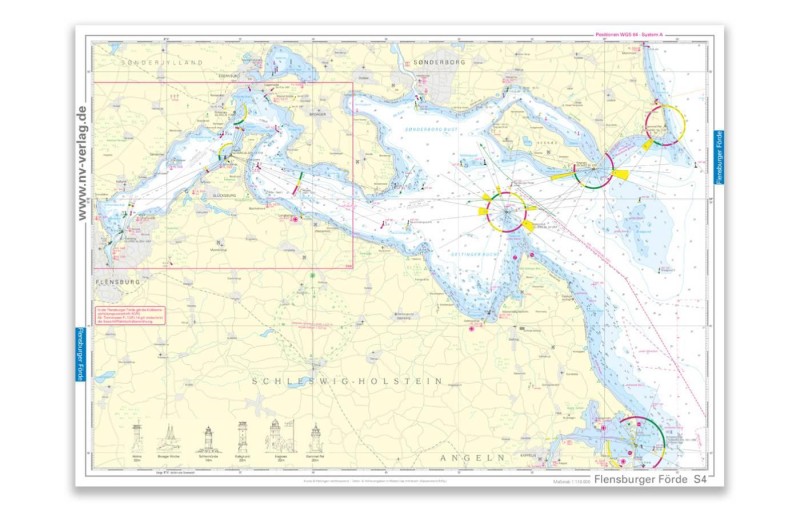
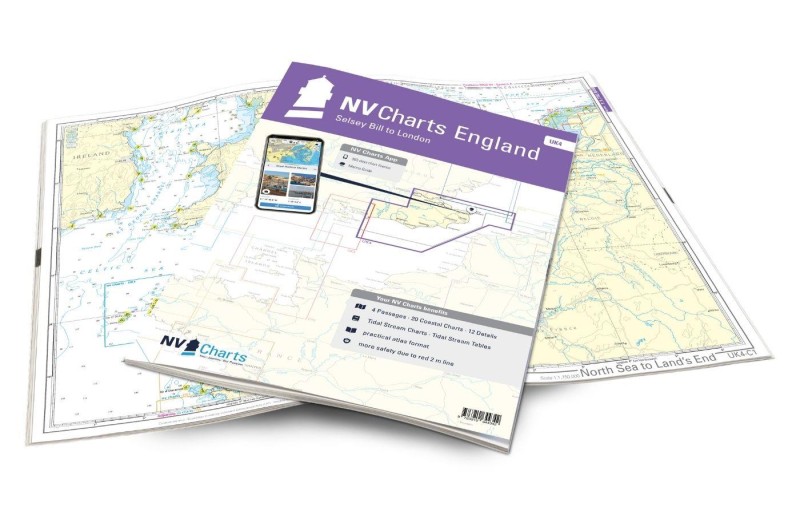
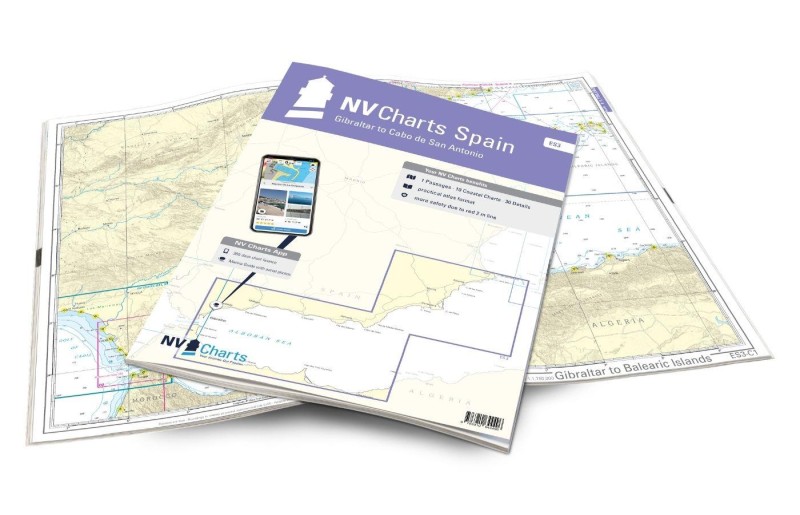
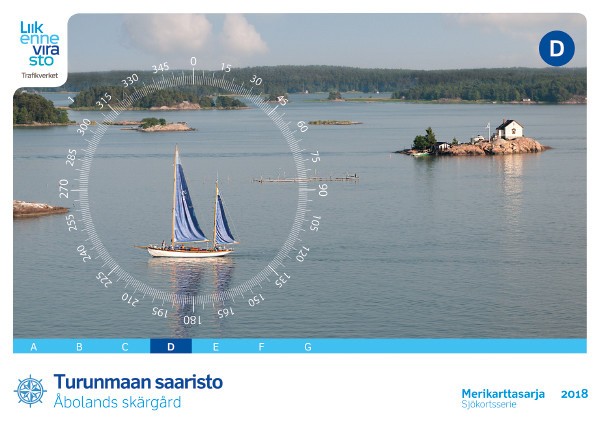
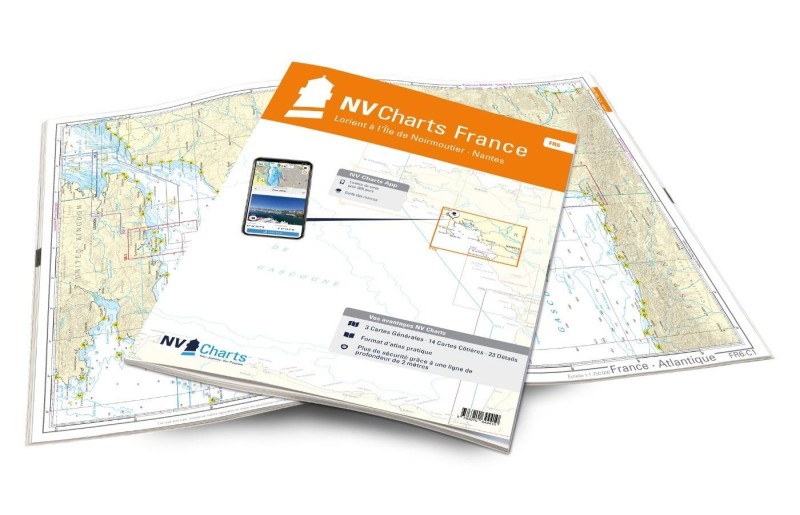
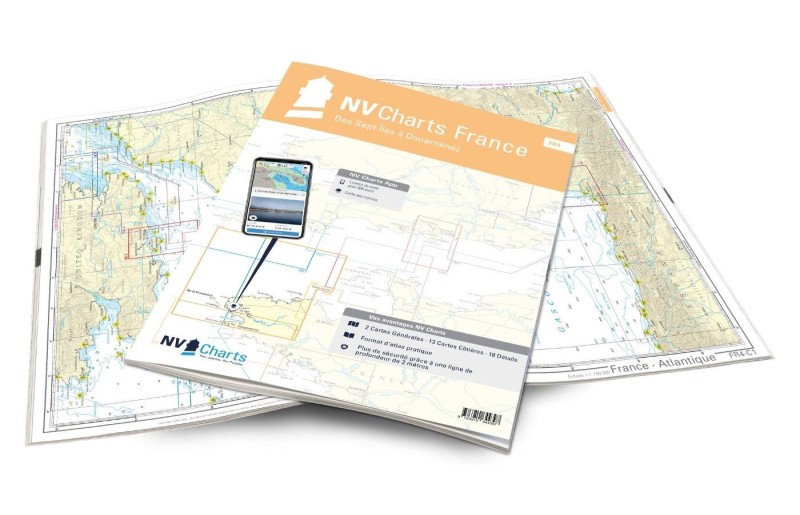
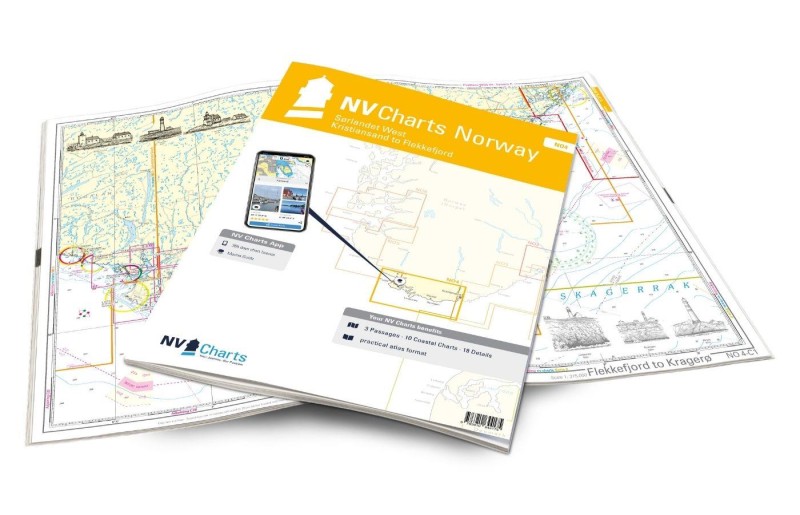
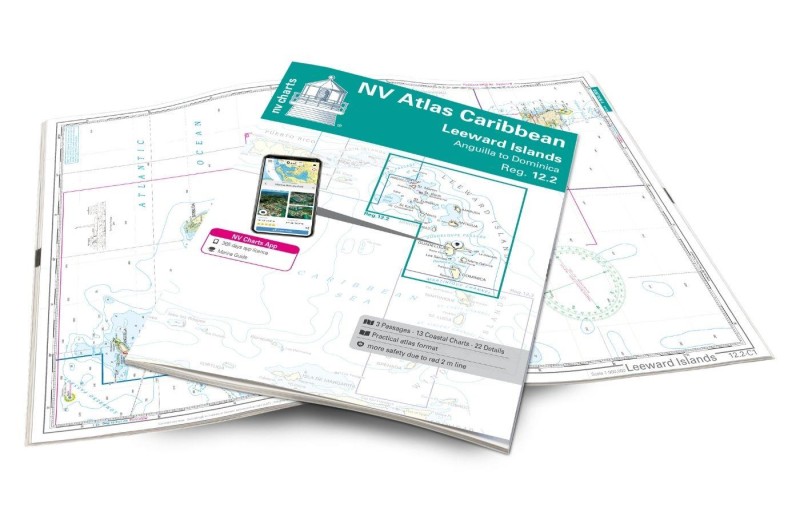
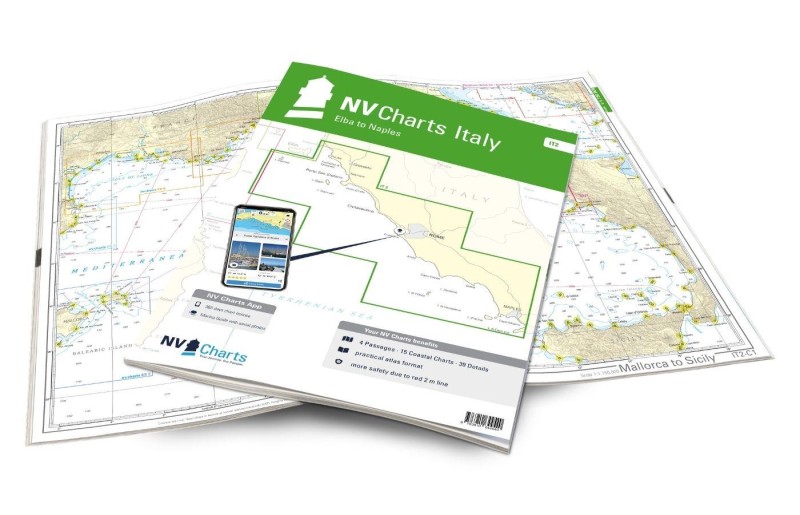
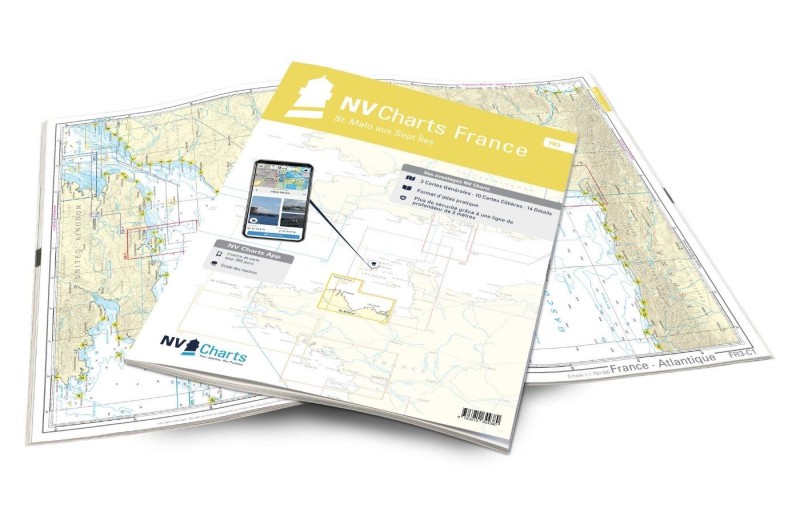
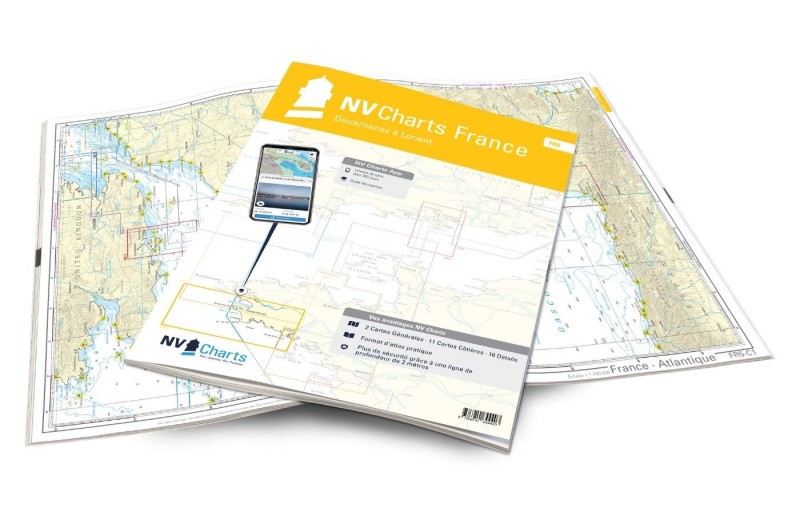
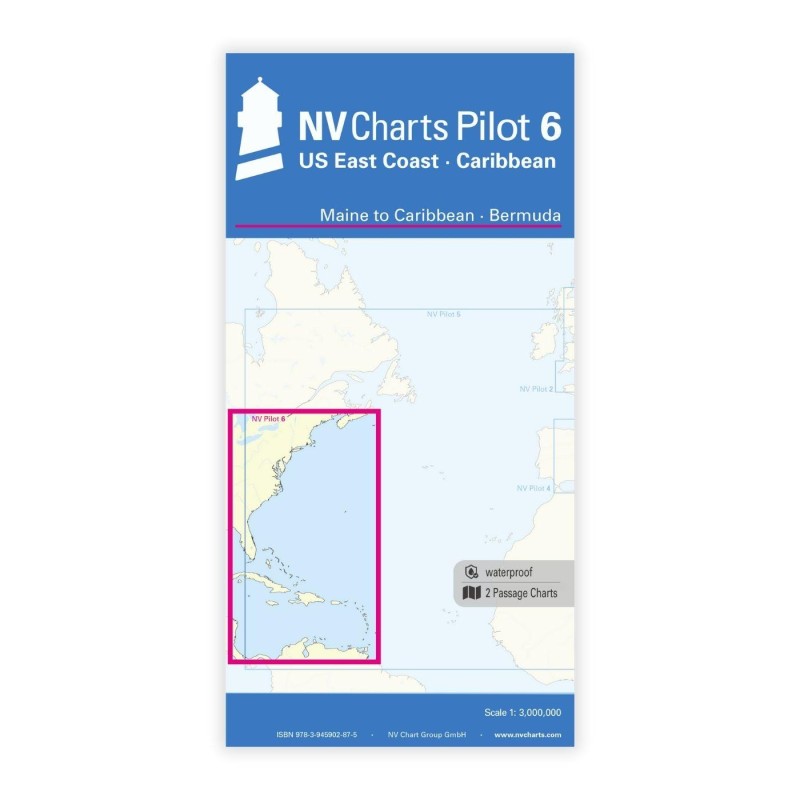
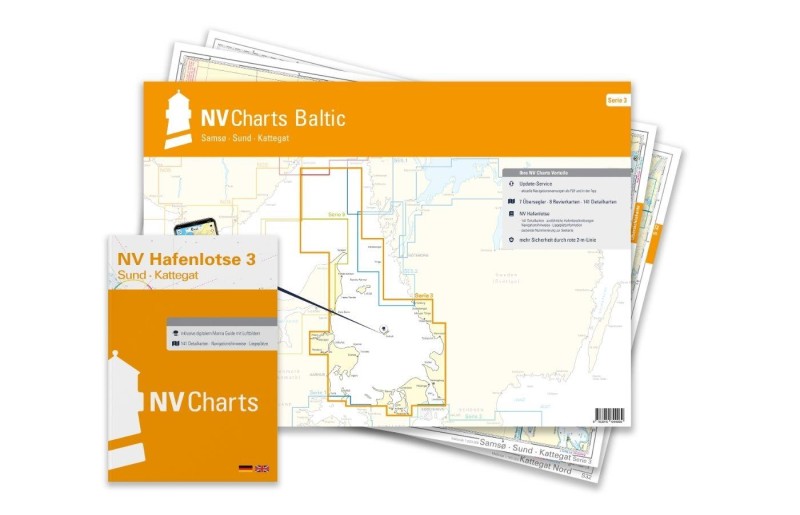
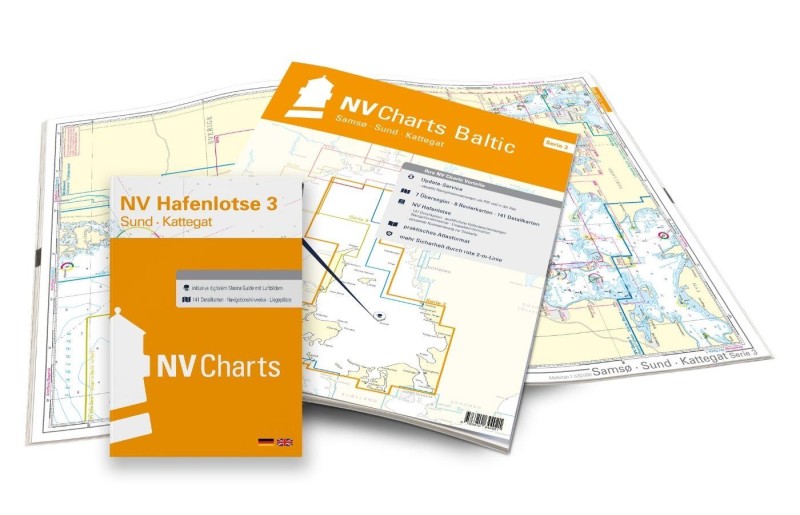
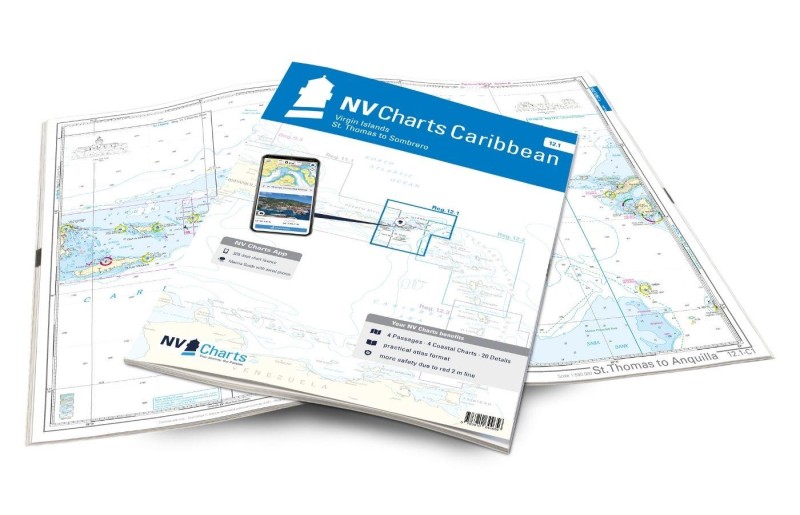
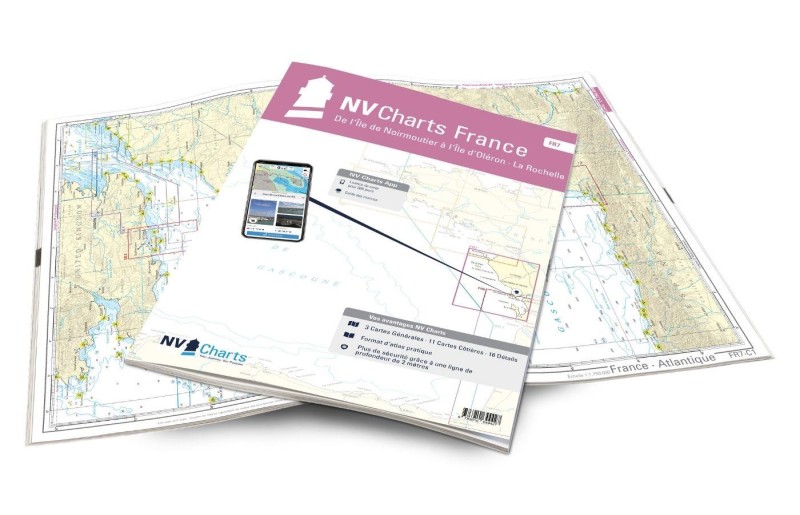
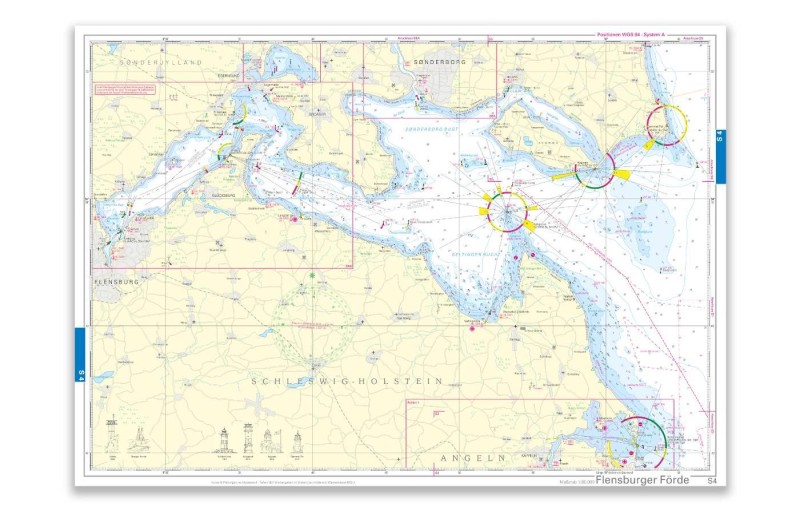
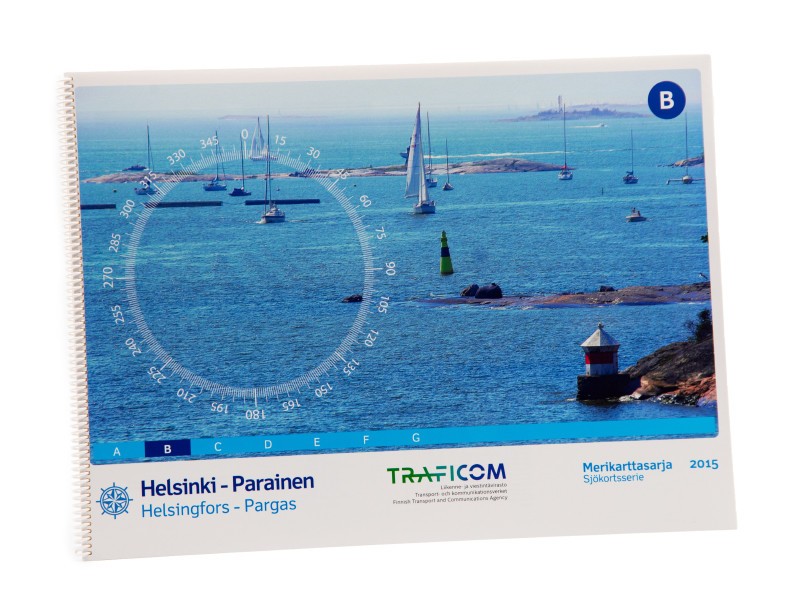
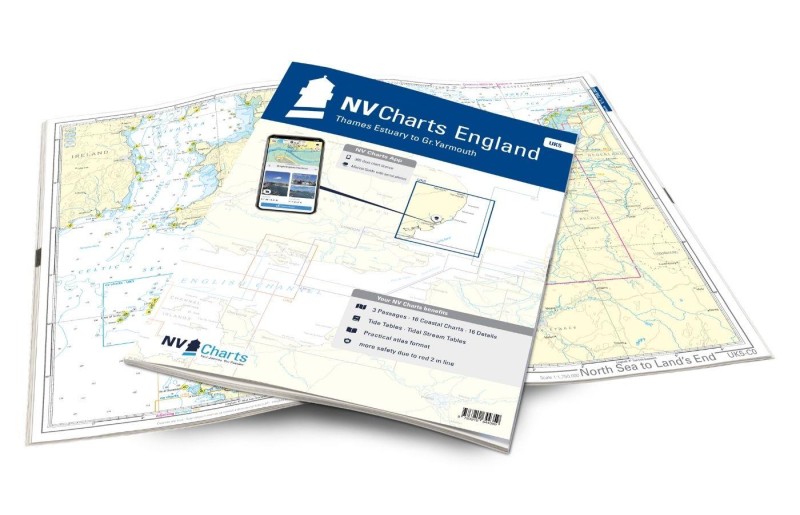
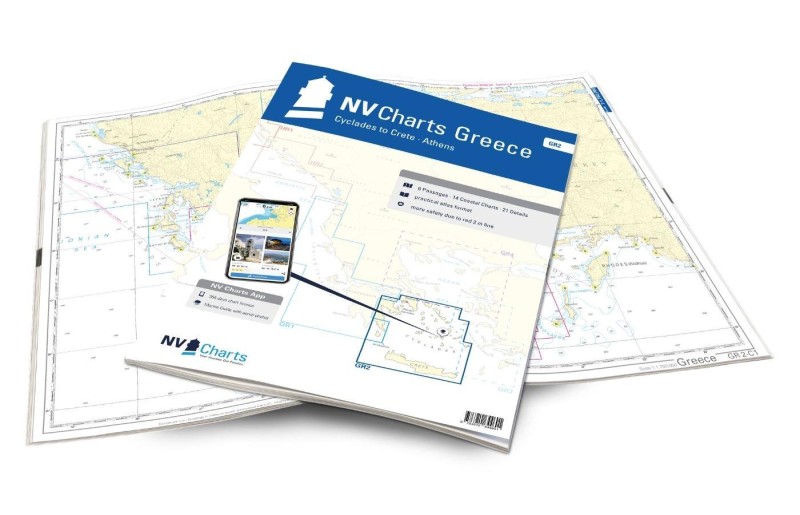
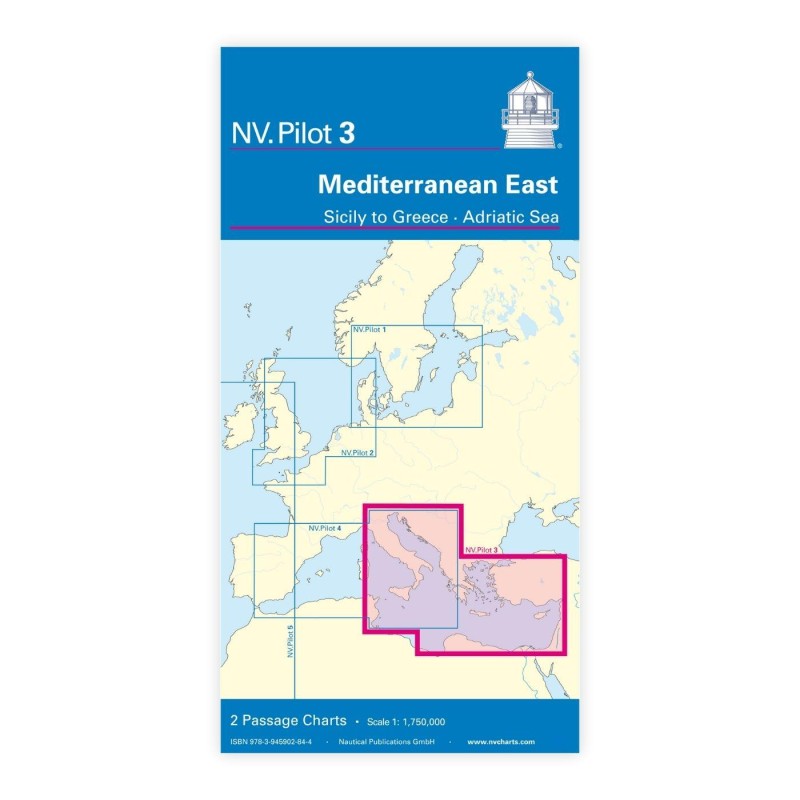
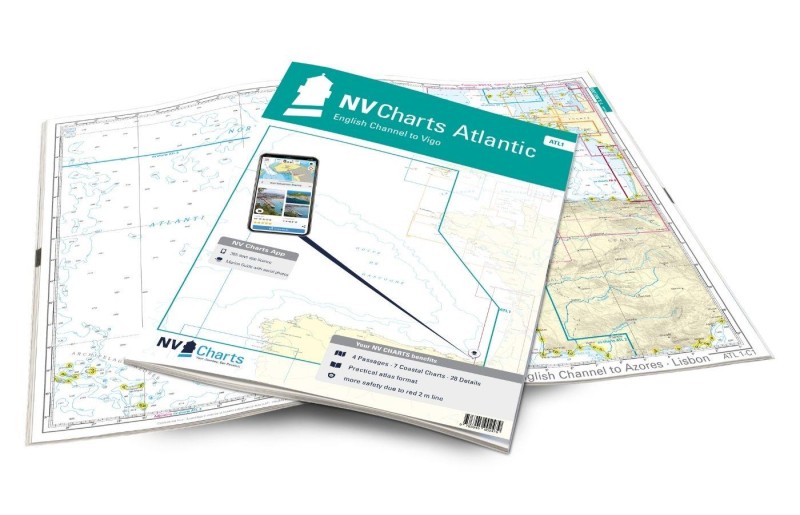
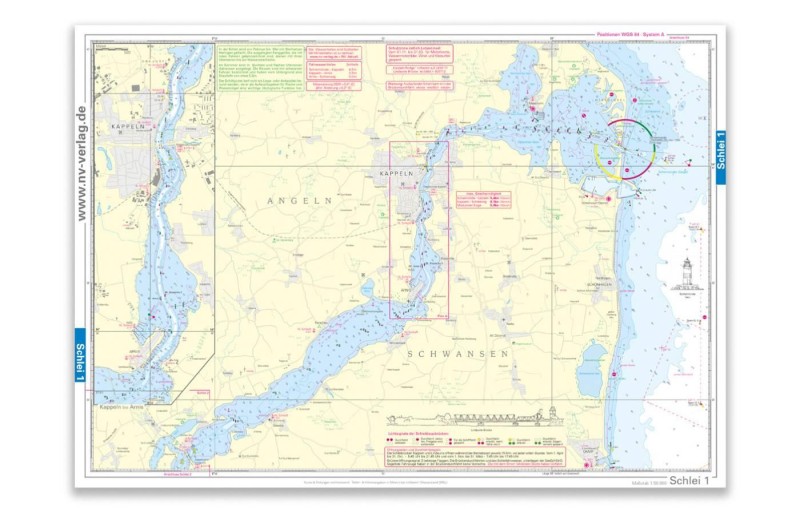
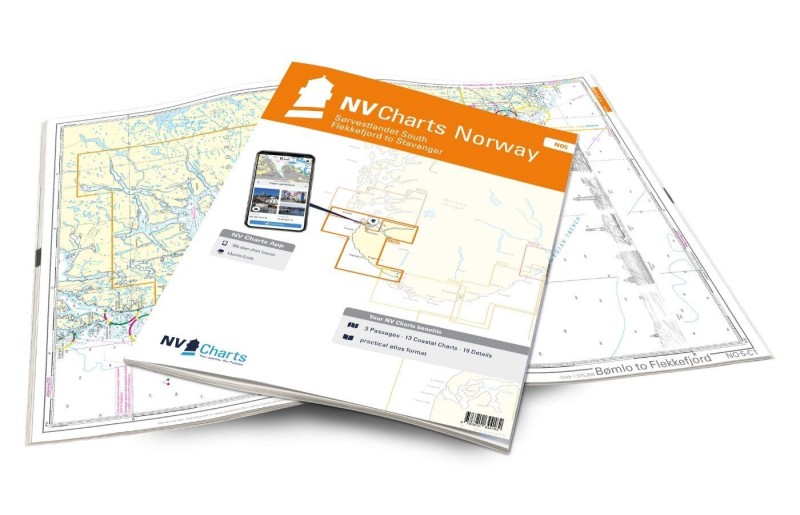
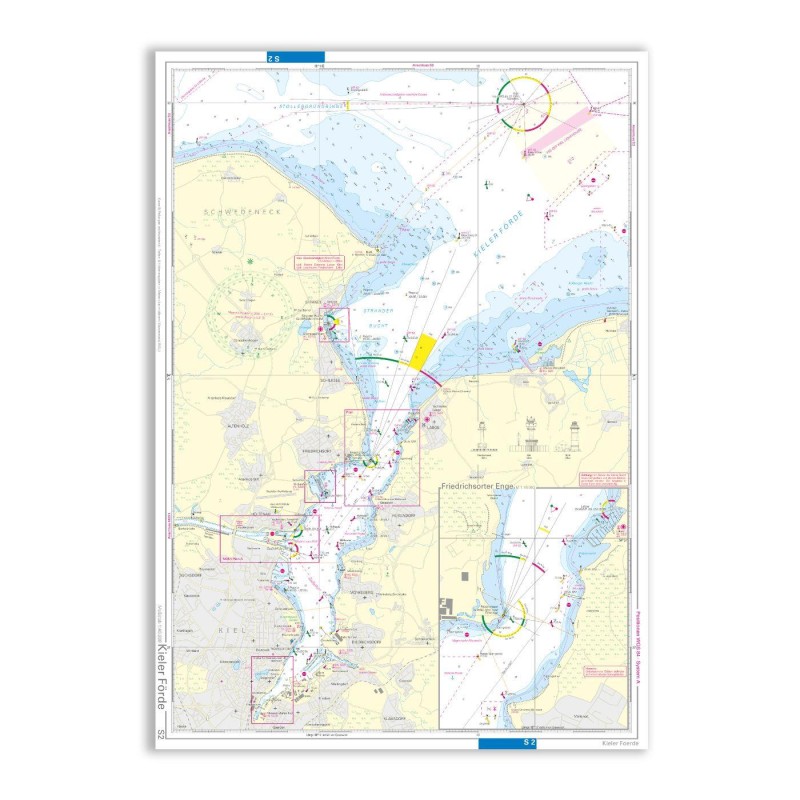
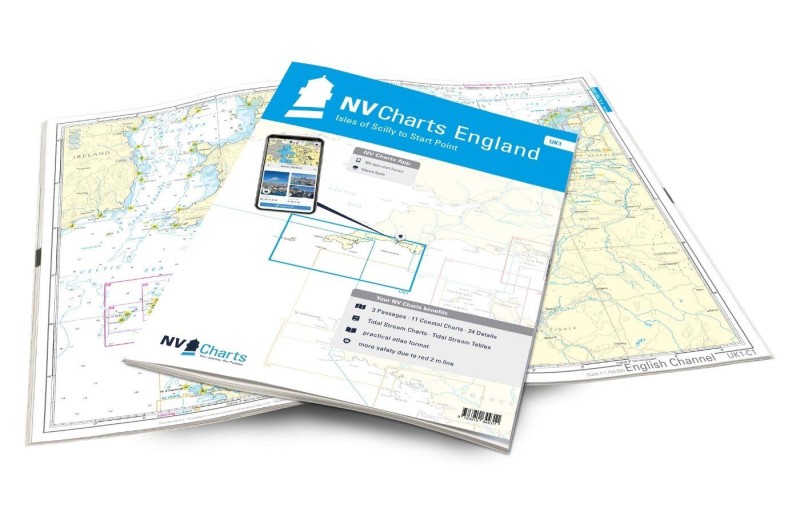
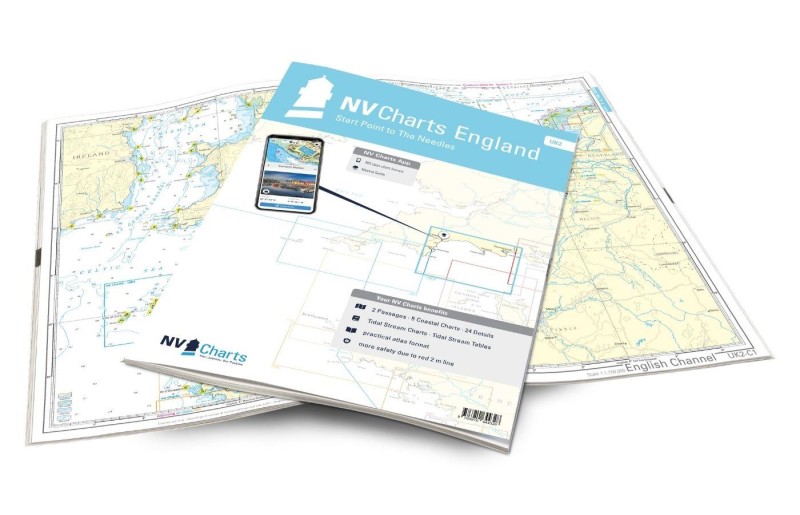
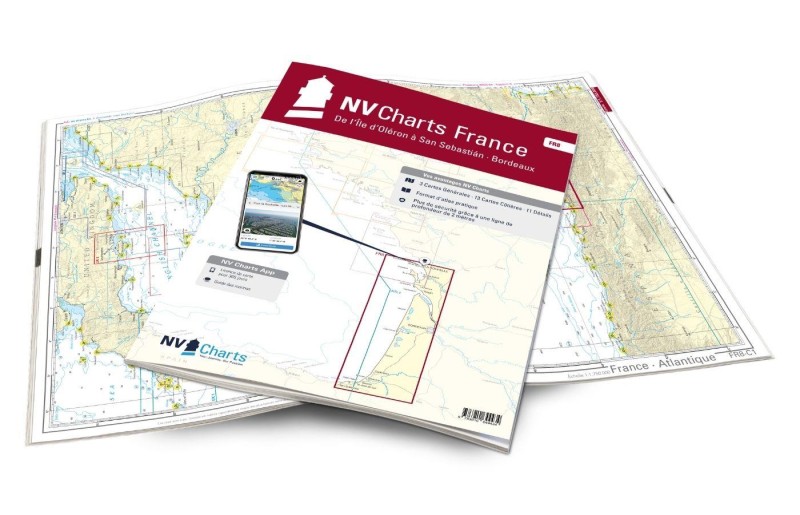
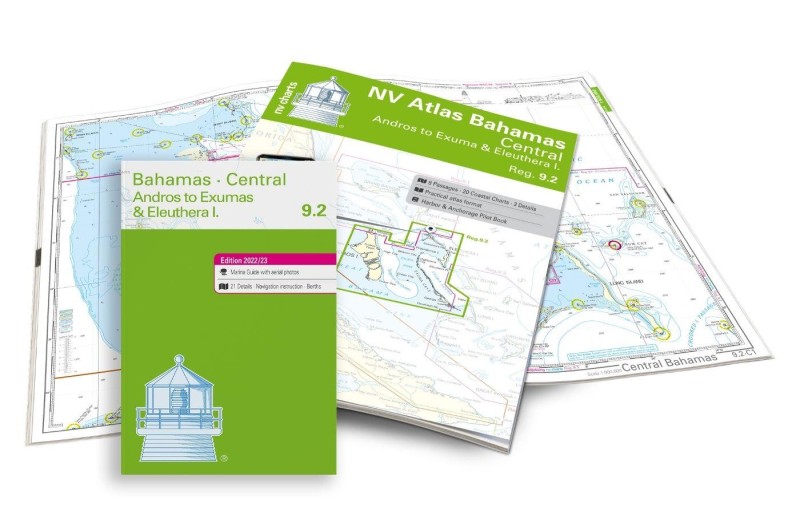
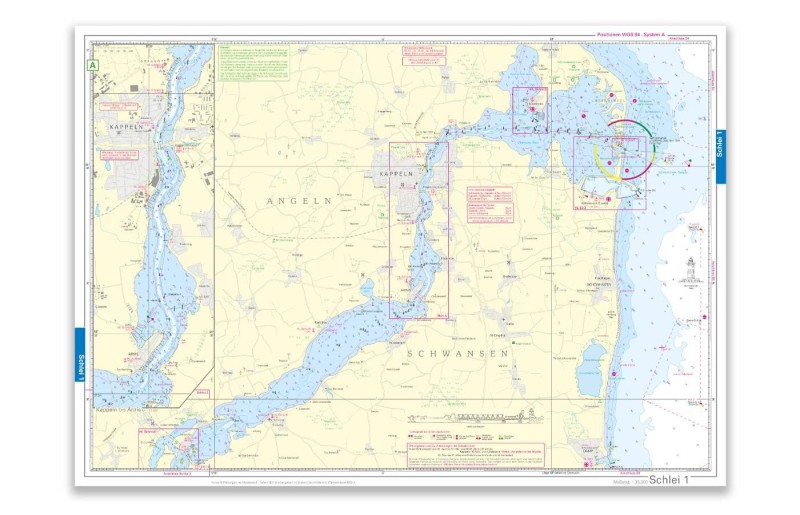
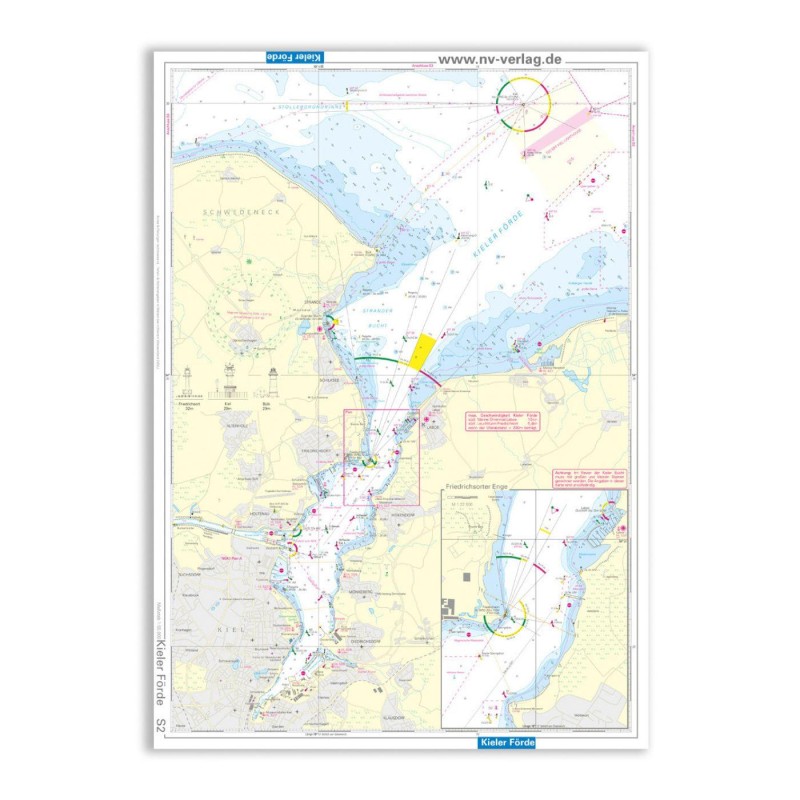
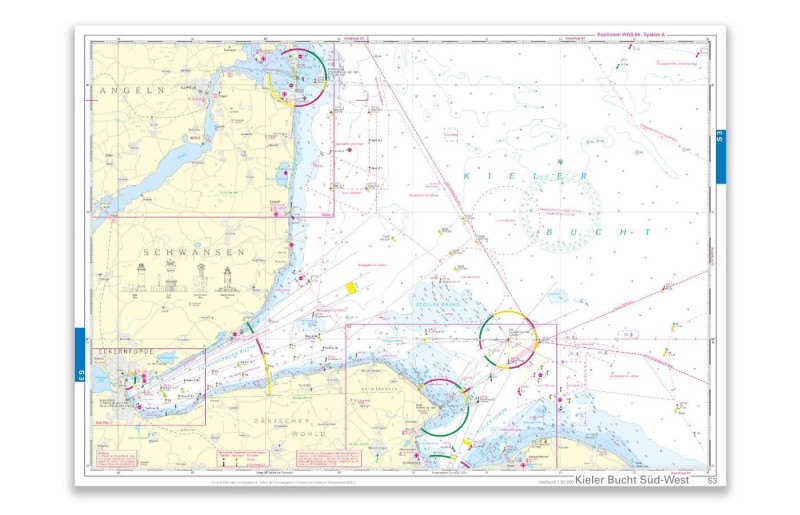
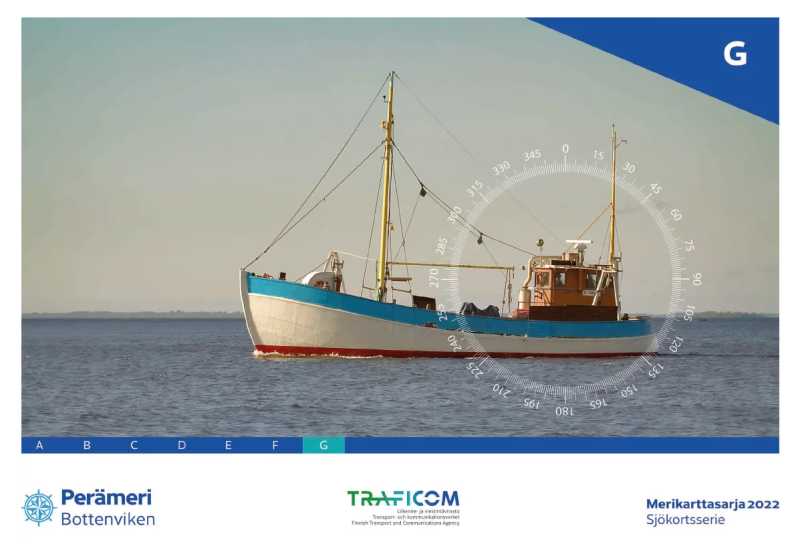
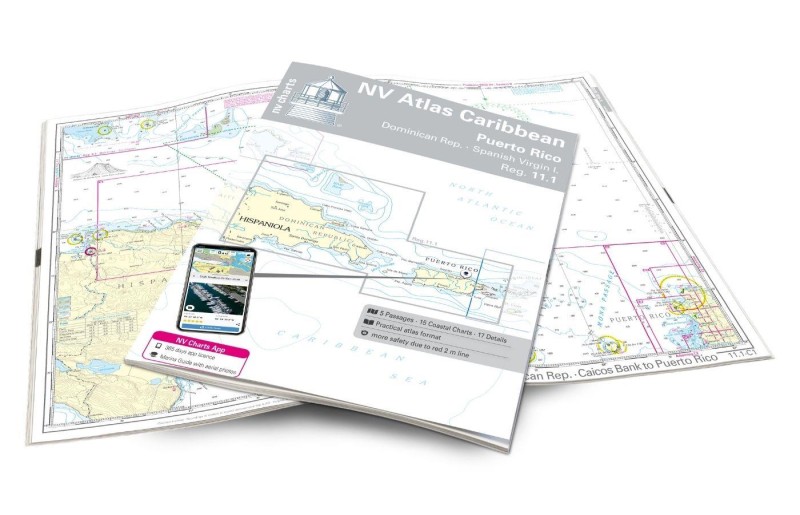
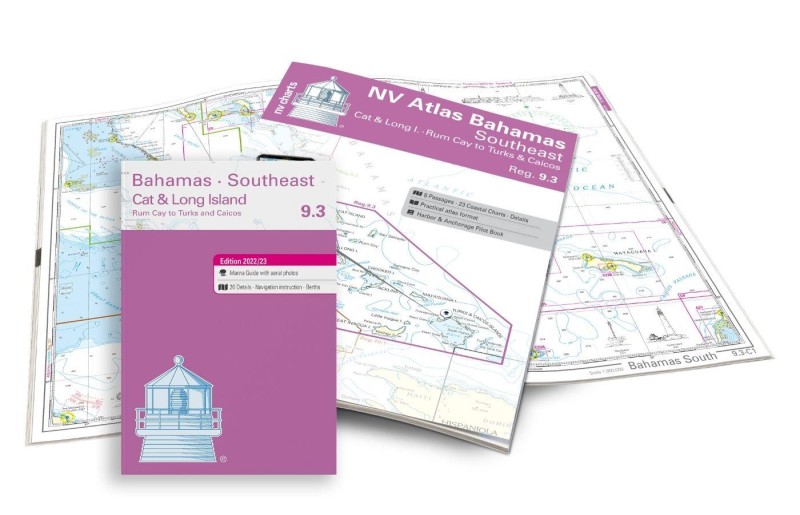
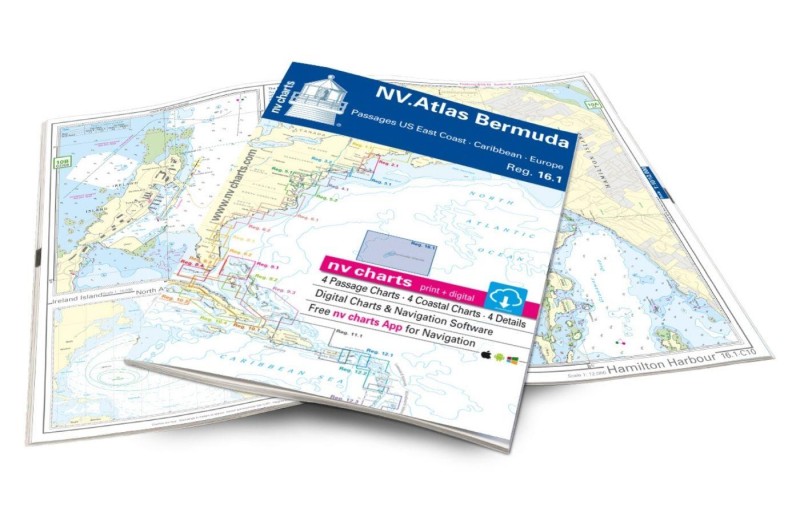
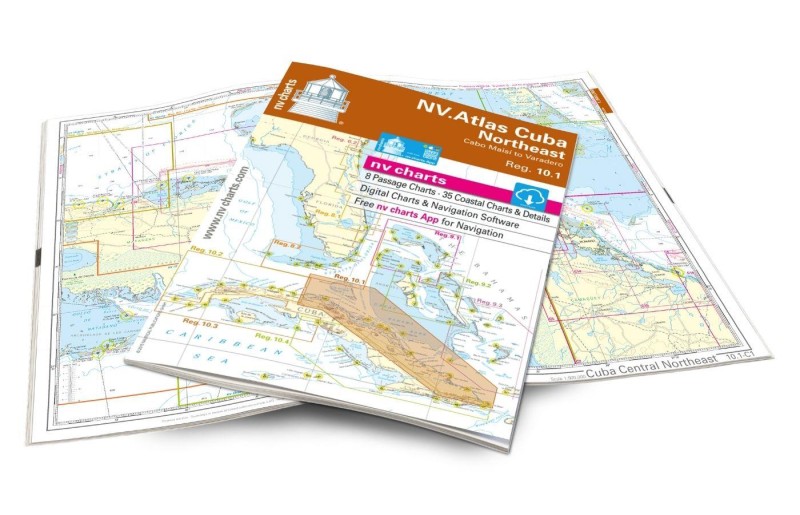
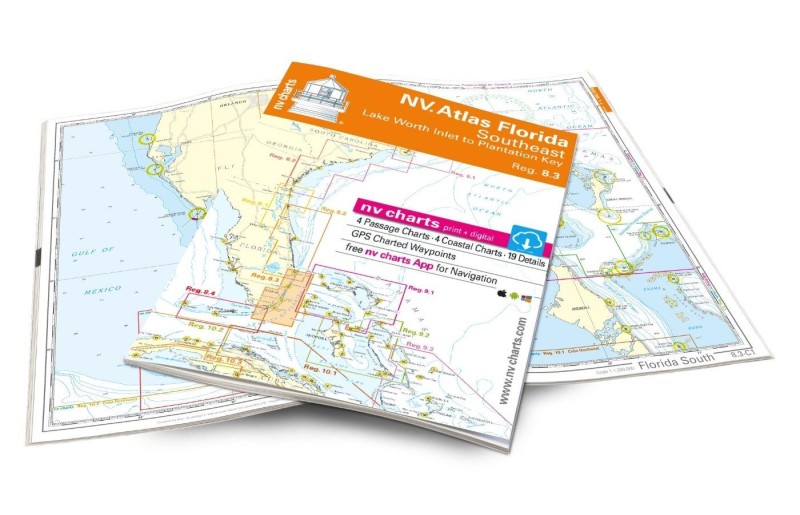
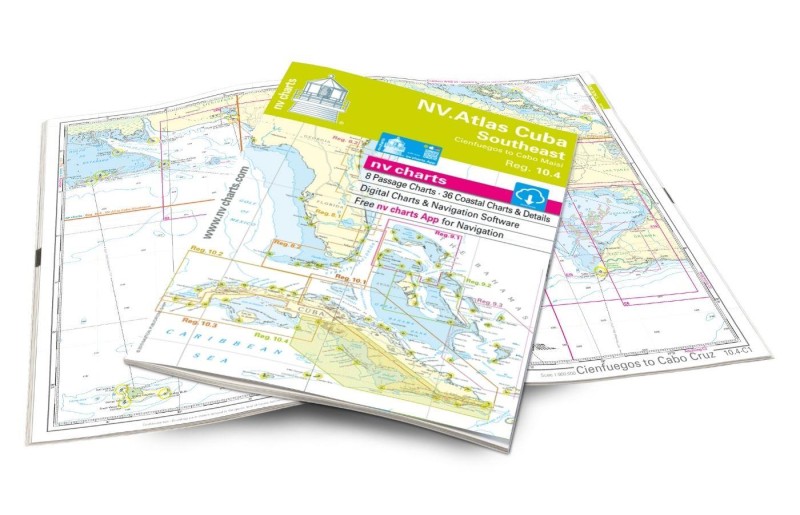
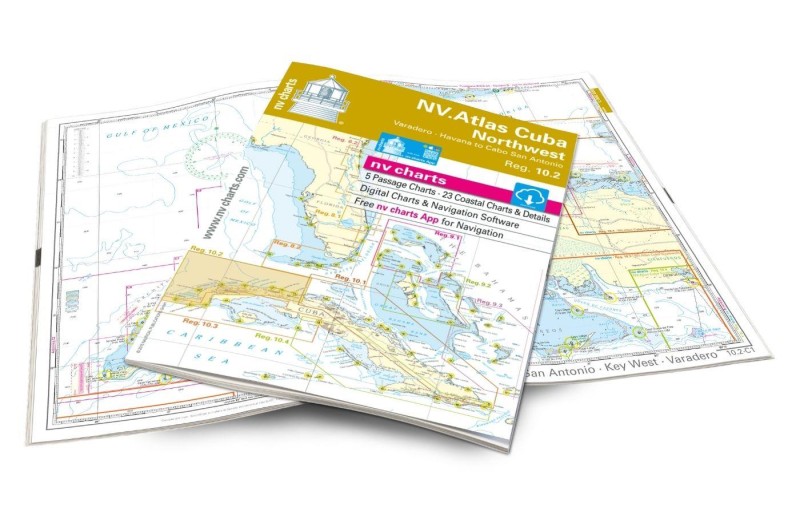
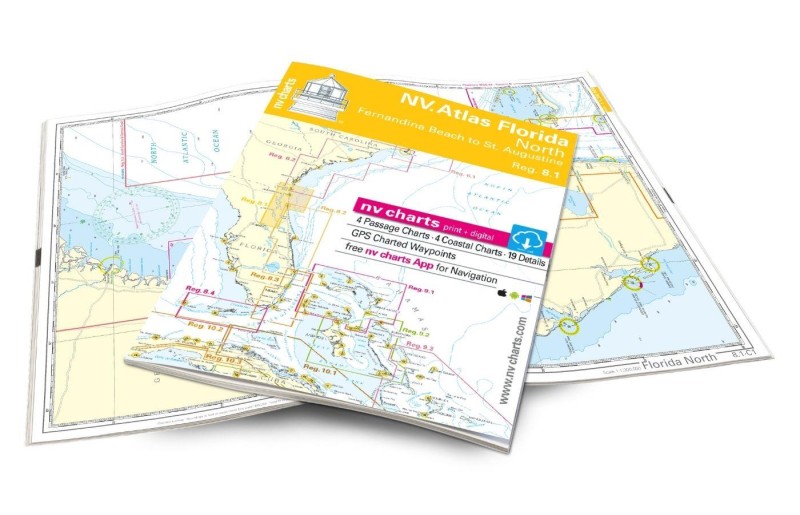
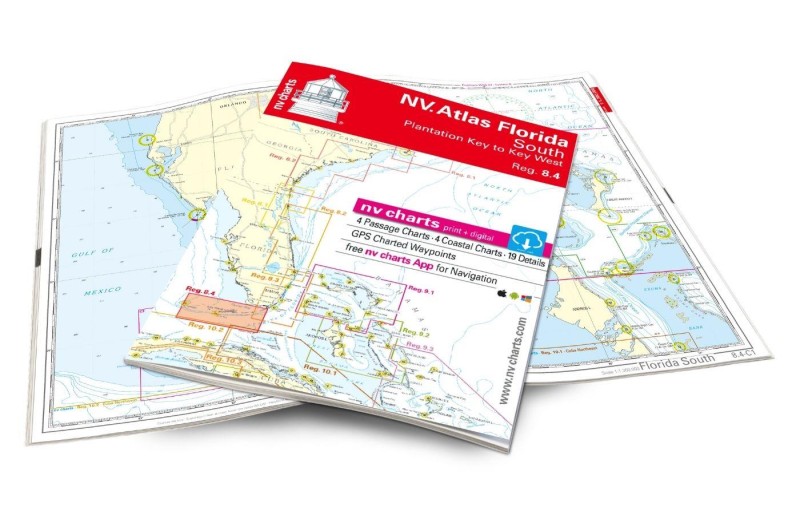
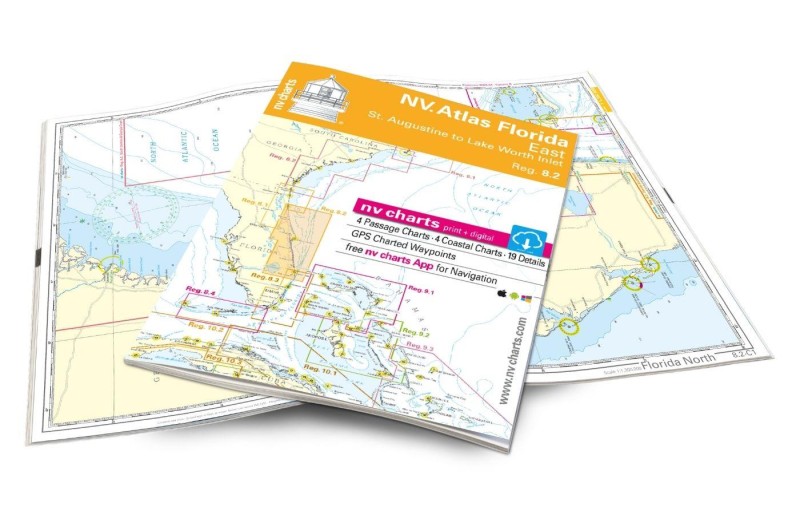
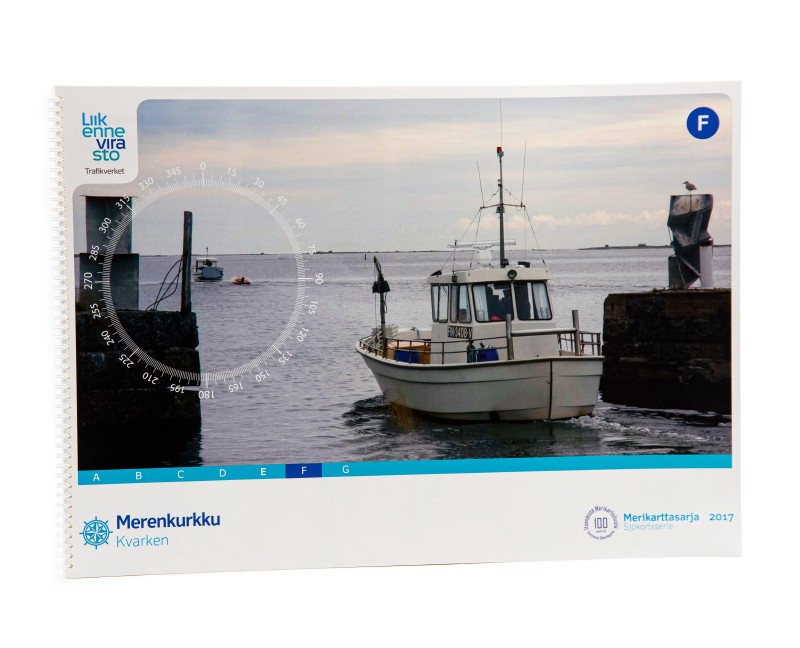
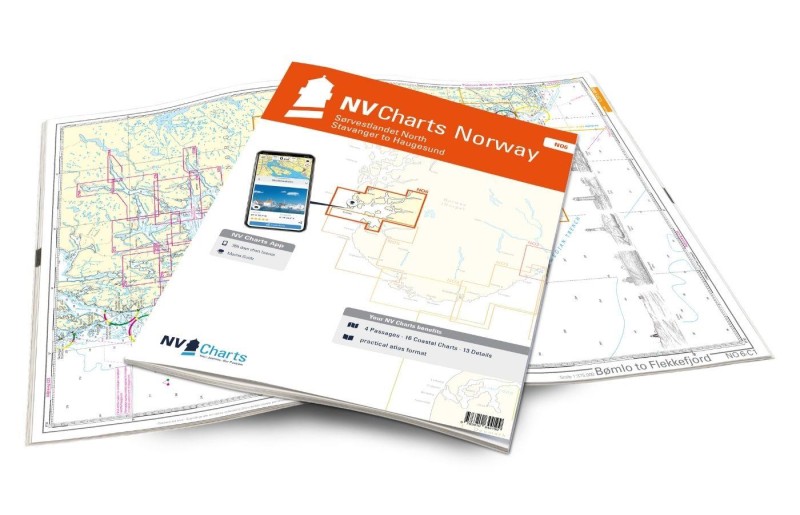
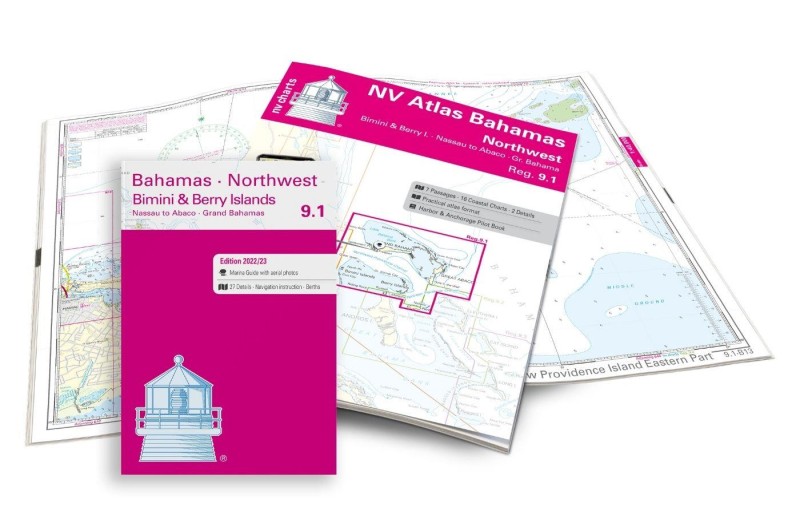
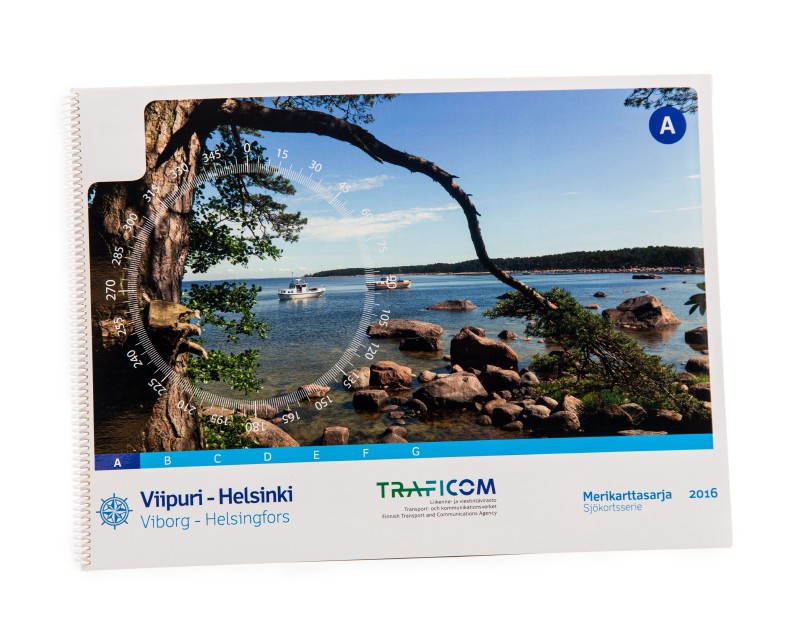
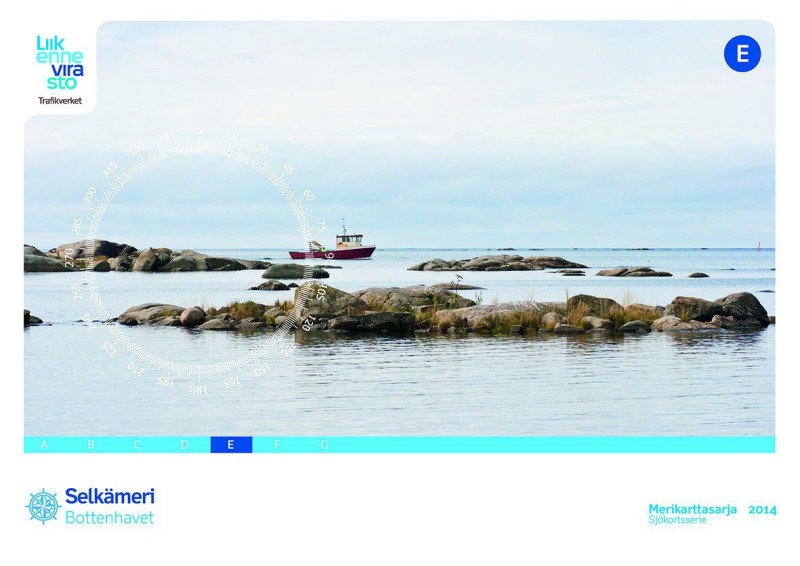
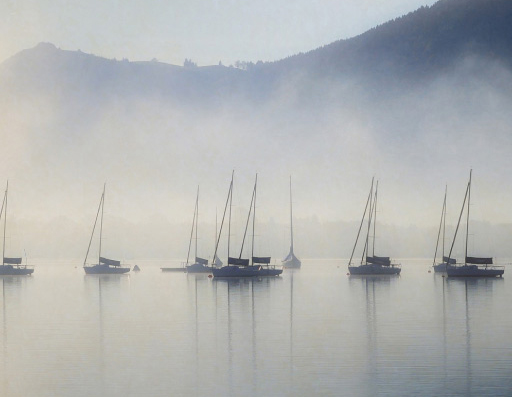
No comments or ratings have been added to this POI.